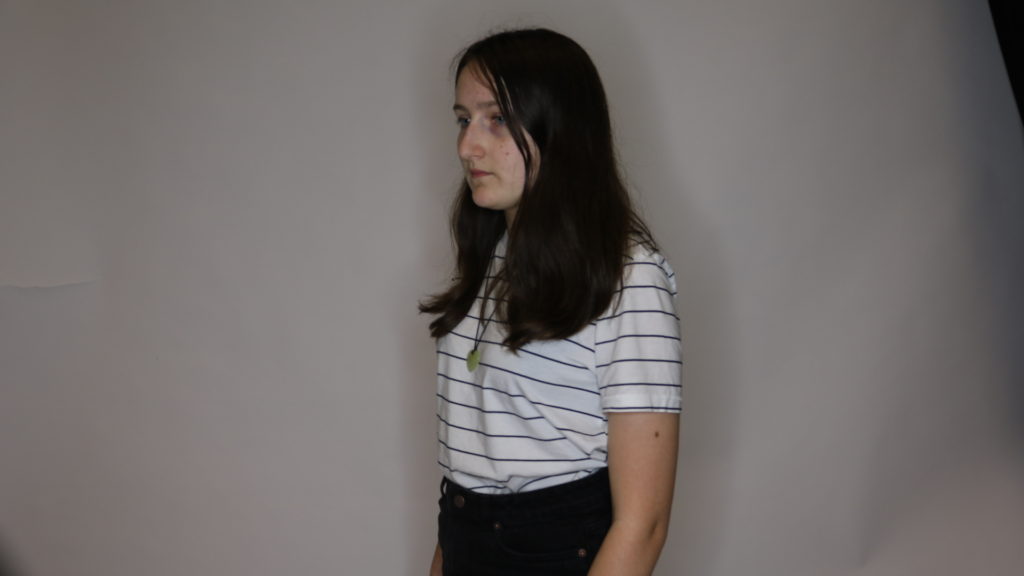My favourite images which I will edit and from there decide which ones i want to display to be my final image/images. The direction I think I will probably go is my idea of mental health photography because those are the images I’m most happy about.
Category Archives: A03 Record (photographs)
Filters
Photoshoot Two Contact Sheet Images
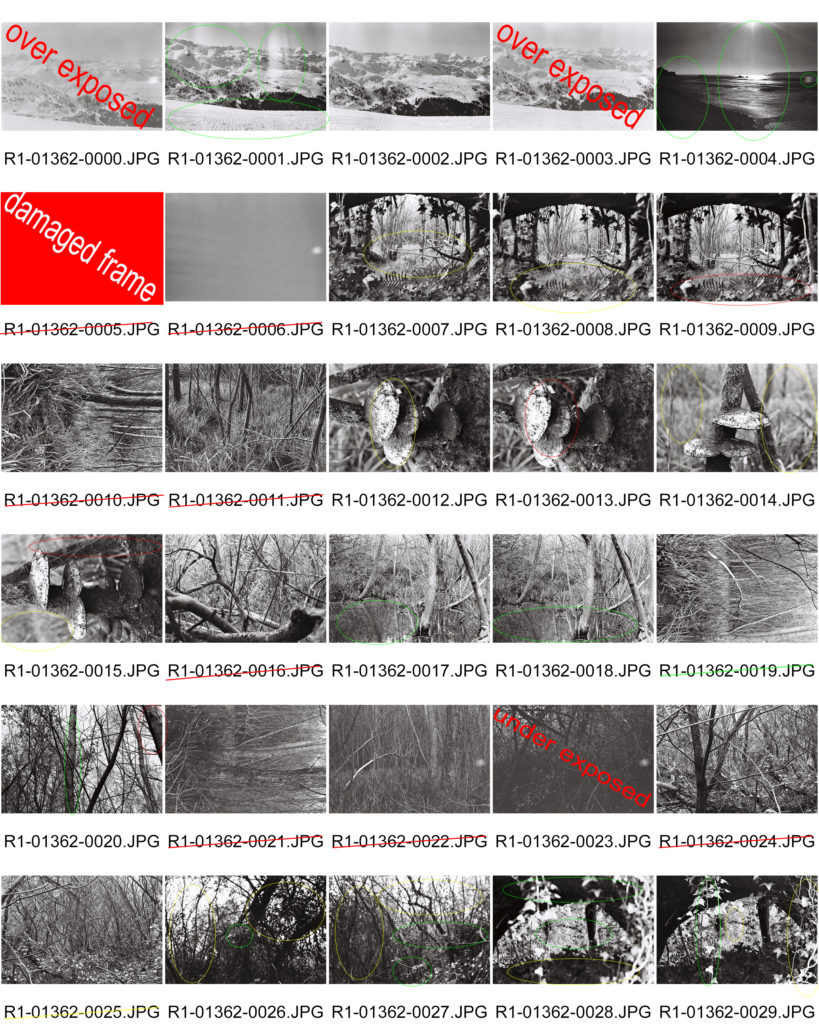
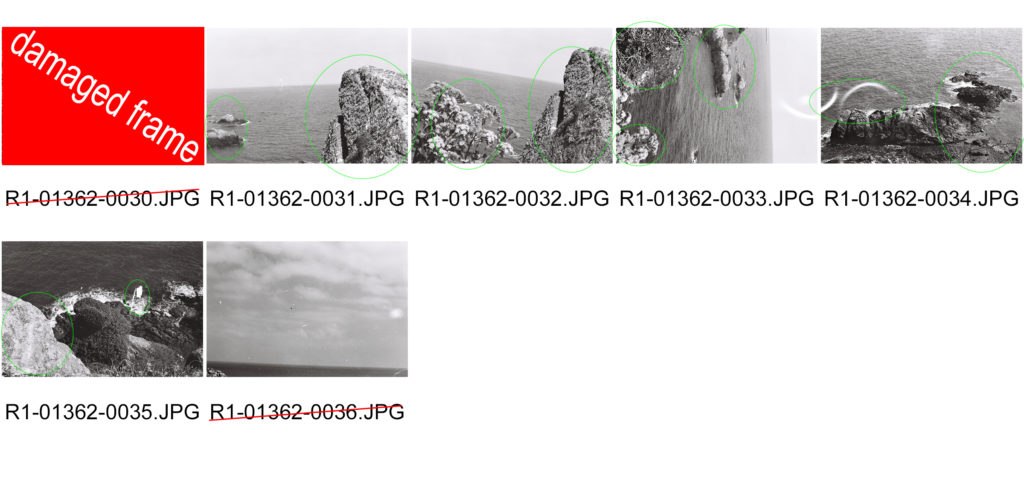
From this photo shoot I have produced a set of images that I feel has the essence of Ansel Adams in and my inspiration can be clearly seen from them. I have decided not to edit these images or retouch them in any way because i tried to frame them correctly and i want them to be as they were taken as it was a set of images taken using 35mm film and I didn’t want to fix any ‘imperfections’ as they are are what make film photography what it is.
Merve Ozaslan

“Born in Istanbul, graduated from Mimar Sinan Fine Arts University as an ceramic artist in 2010. She created “Choke Jungle” brand (co-founder) and started to design ceramic jewellry. Her ceramic works are featured by known magazines such as British Vogue, Elle and Marie Claire. She has been working on collage projects since 2012.”
Examples of her work:
“Natural Act”
“Natural act is composed by several collages based on the questions of the relation between nature and the humanity. It is basically a critical presentation referring to the fact that each of us is part of the nature. it seeks the answer whether greed, urbanization, mechanization and detaching from the nature is favorable or coherent for human or not. In that sense natural act appears with its all colors when our emotions are paralysed in the vital points of the cliche and dull city life.”




My Plan:
For this project, I will be using photos from when I was younger and using photos that I have taken of the beach and water to achieve a similar look to Ozaslan. I wanted to link the journey of growing up with this project, so I will be using photos from when I was a baby to when I was a child.
Photos I Will Be Using:
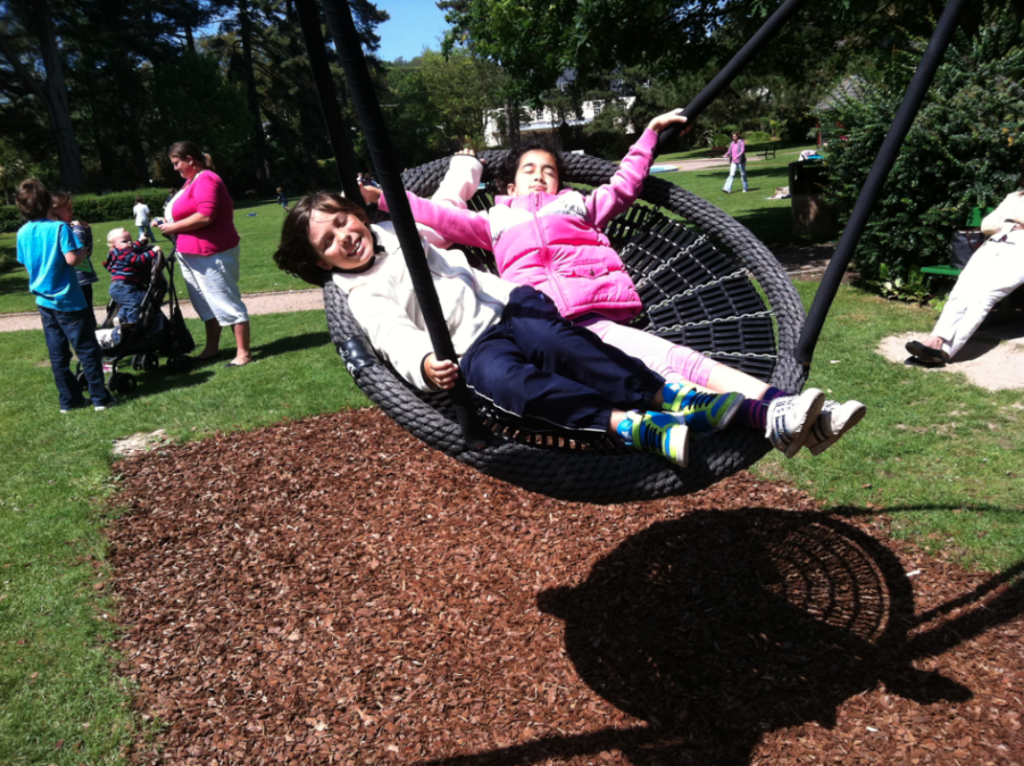
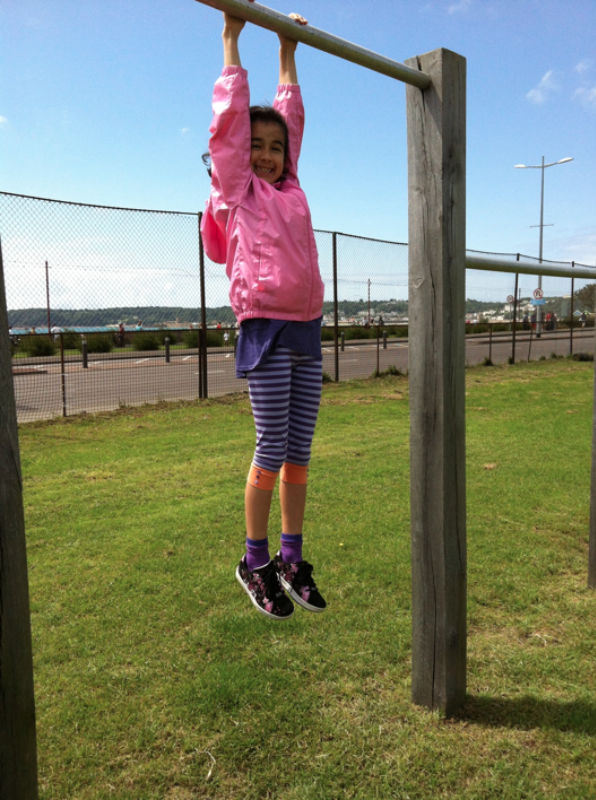
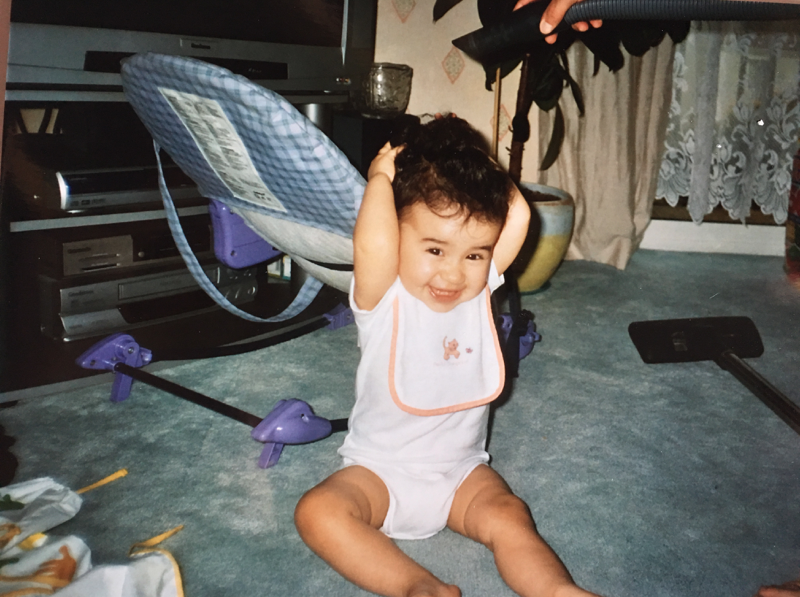
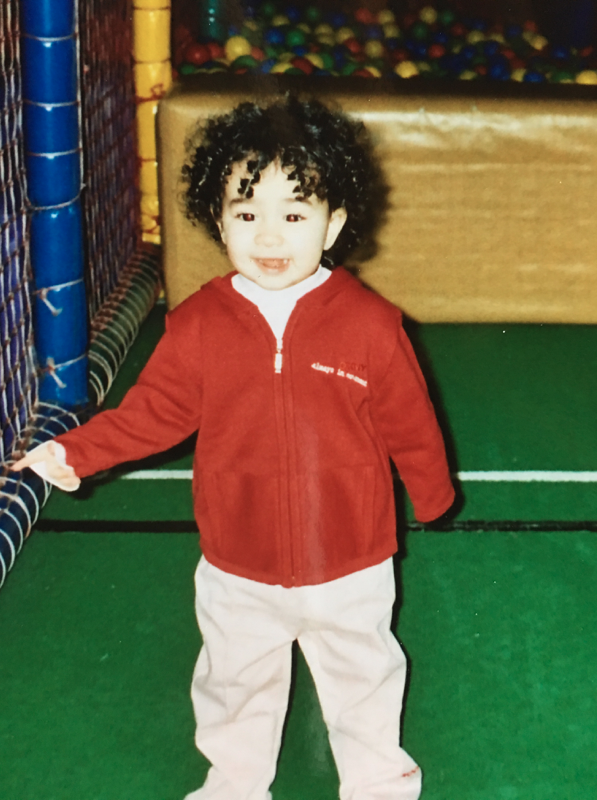
Editing Process For First Photo:




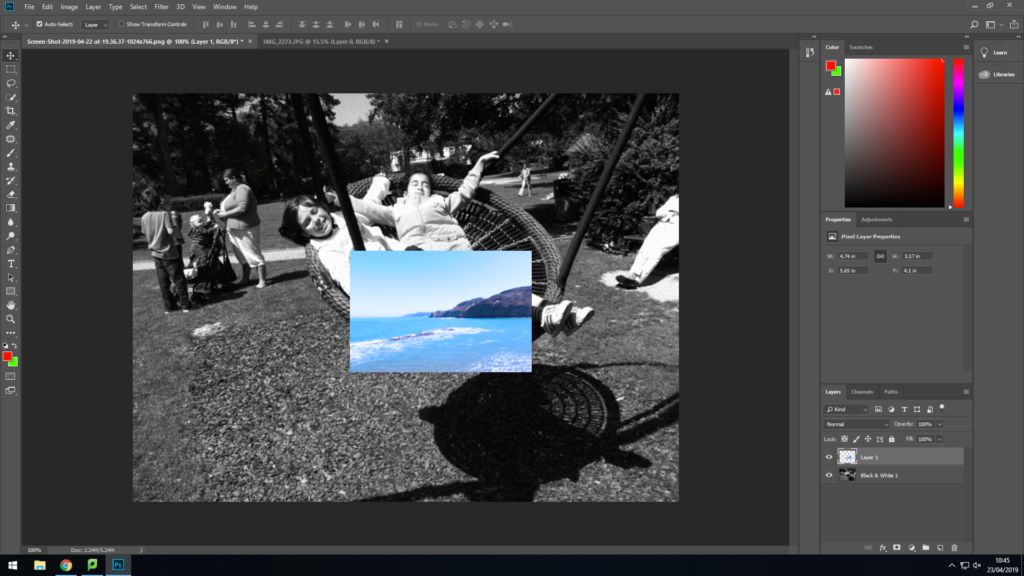



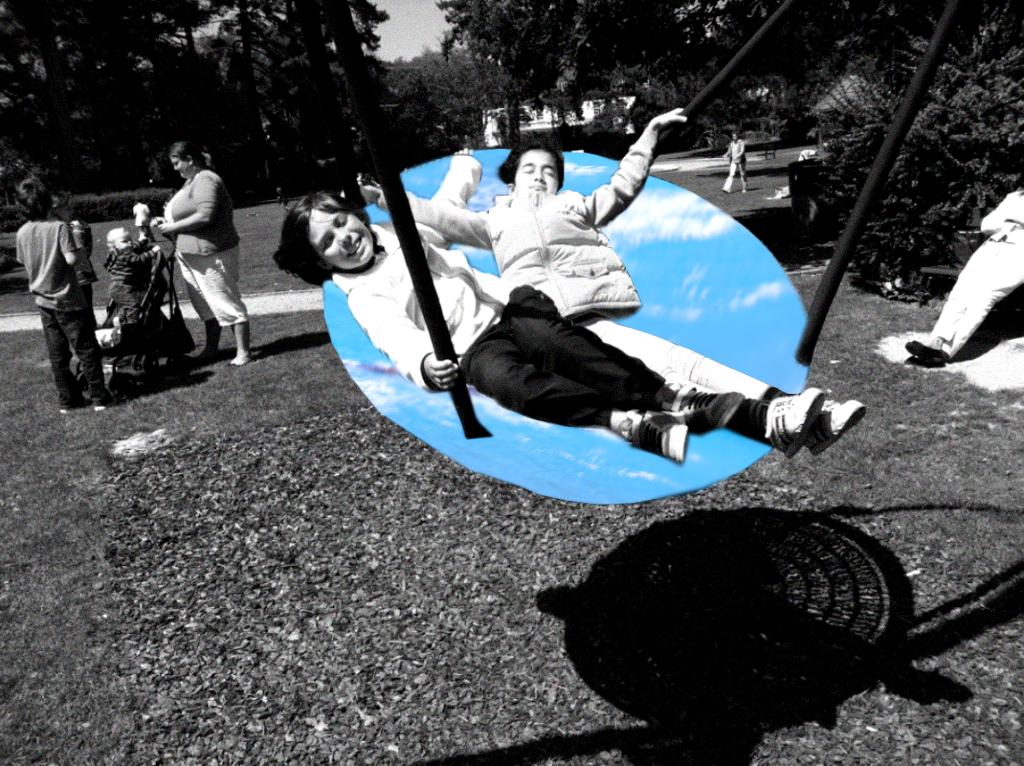
I am pleased with how this photo turned out, but I think if I use better images of the ocean I think it’ll look much better. I think if i get images of the sea from google images it’ll make the photo better.
2nd Photo:
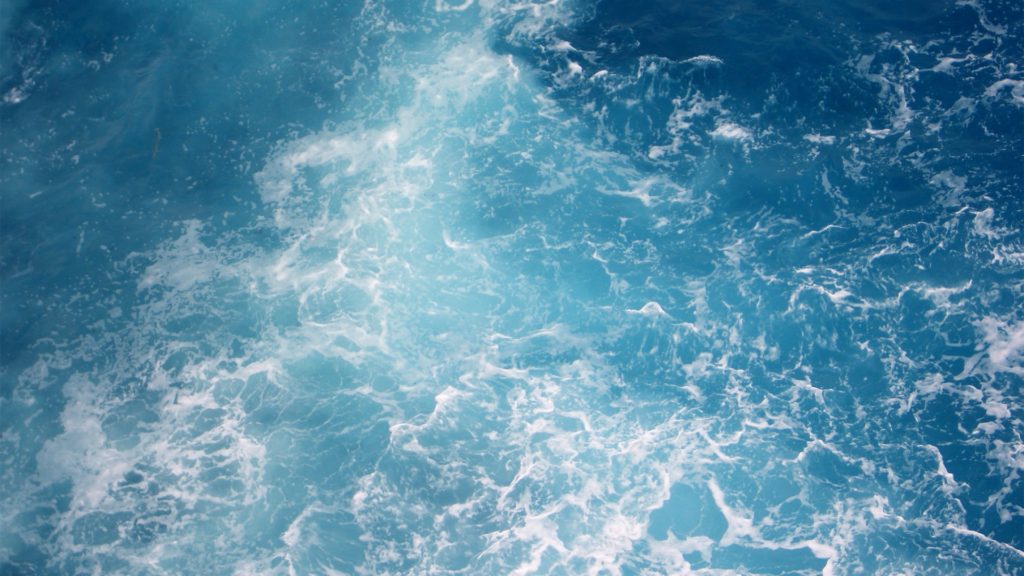
http://backgrounds4k.net/water/
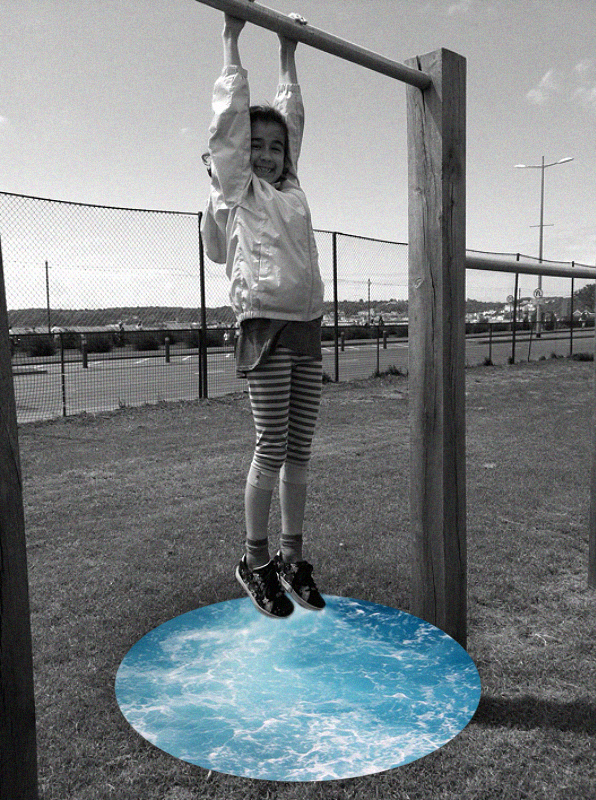
I really like how this photo turned out. I think the drop shadow around the sea looks really effective and like how the black and white makes it look more vintage.
3rd Photo:
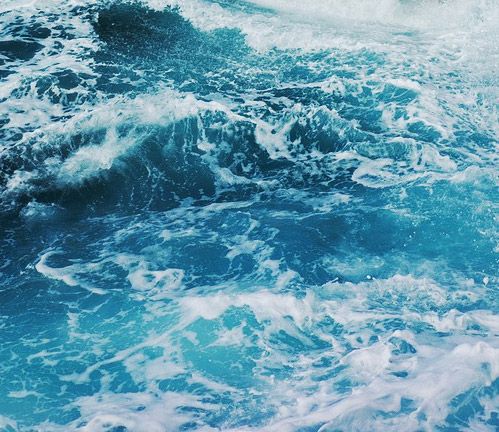

I really like how this photo turned out. I think the blue sea really stands out and brings attention to the model. I also think the use of noise adds a old and retro feel to the photo.
4th Photo:
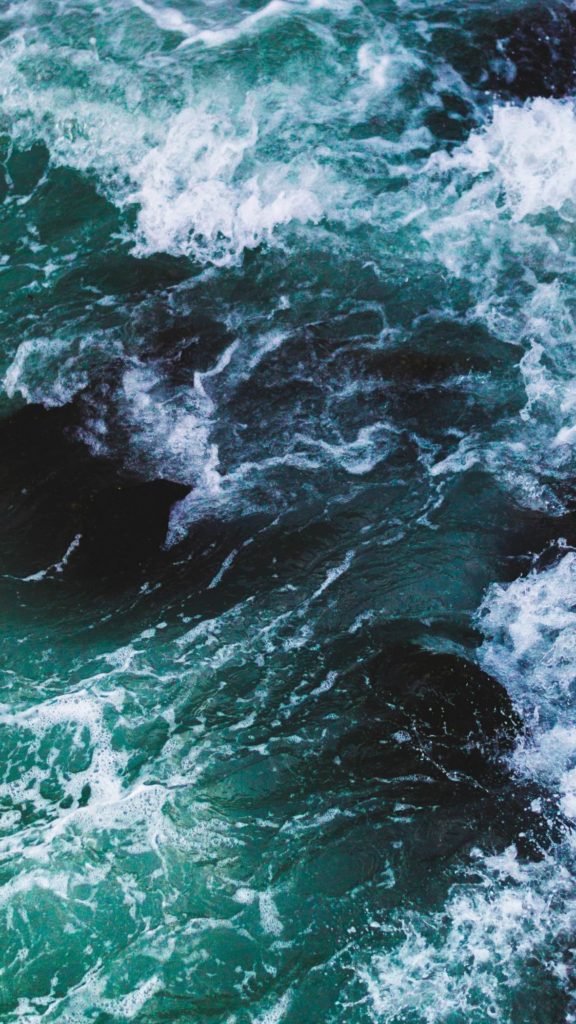
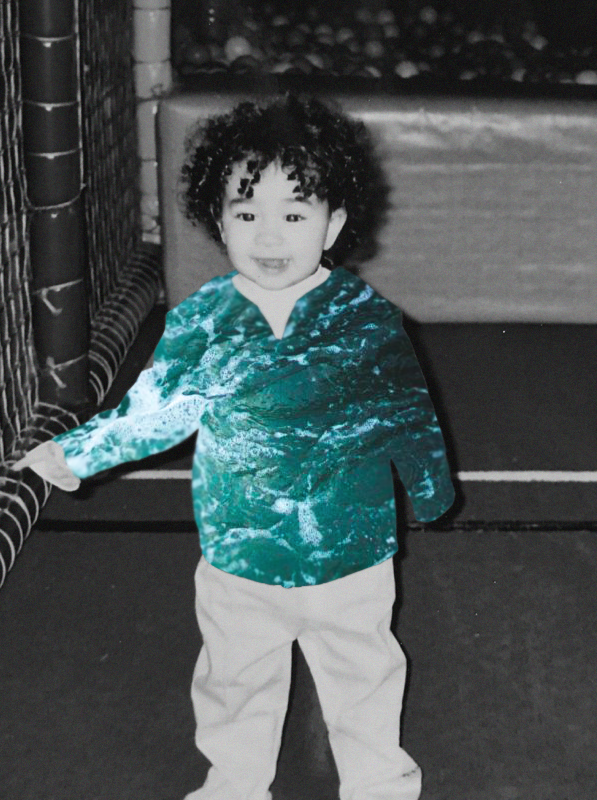
I really like the colour if the sea in this image. I think the green/blue colour stands out very well and compliments the black and white photo.
Best Image:

I personally think this is my best image from this project. The placement of the sea is perfect and it looks very smooth. I also really like the amount of noise I used in this photo.
Photoshoot contact sheets and editing experiments
these contact sheets are to show a detailed progression of my thoughts and ideas on the subject of my chosen photographer. By doing this in the process i am understanding his way of working and his artistic eye and what he wants to capture emotionally and physically in the photo.

idea 1, photoshoot 1 – katie joy crawford
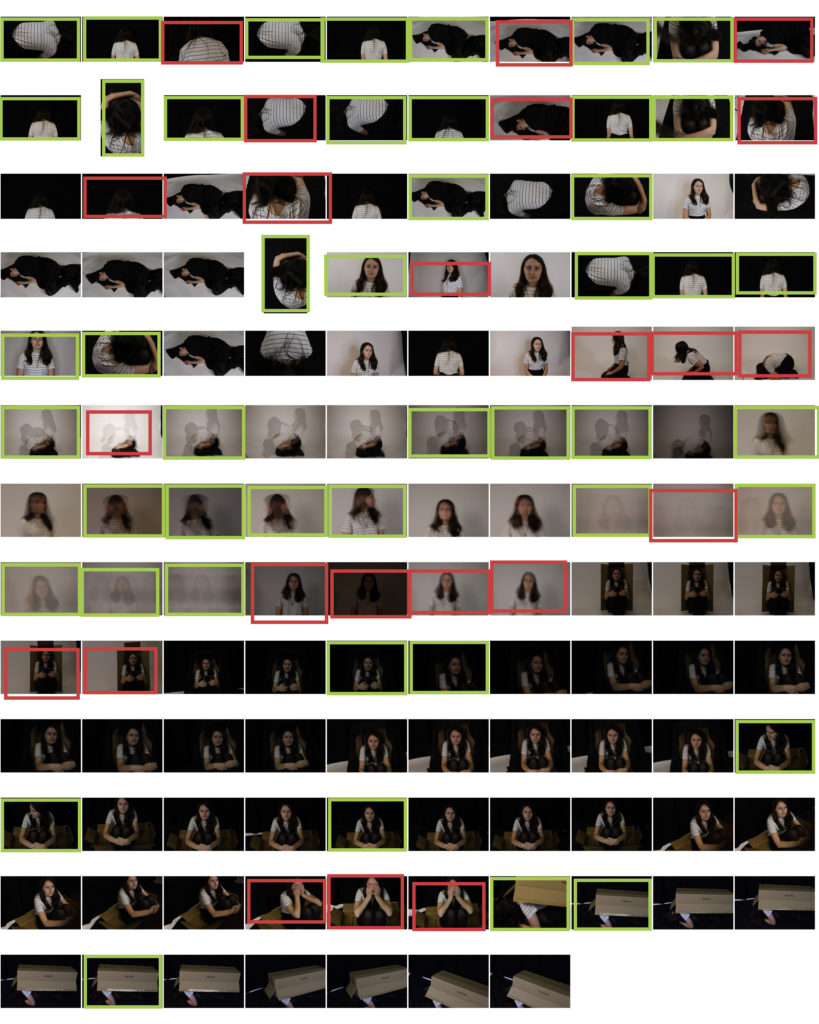
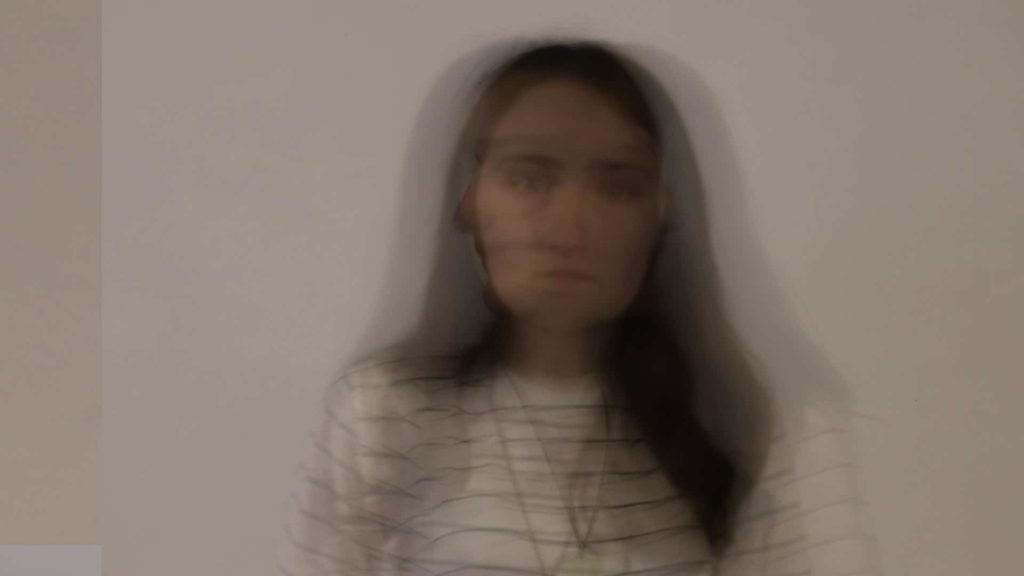
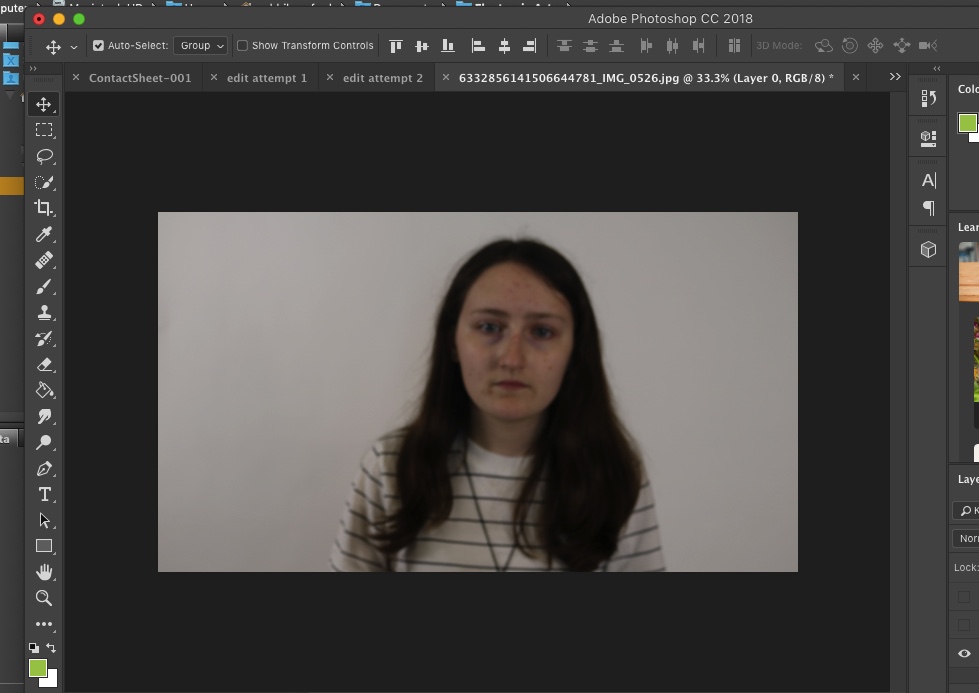
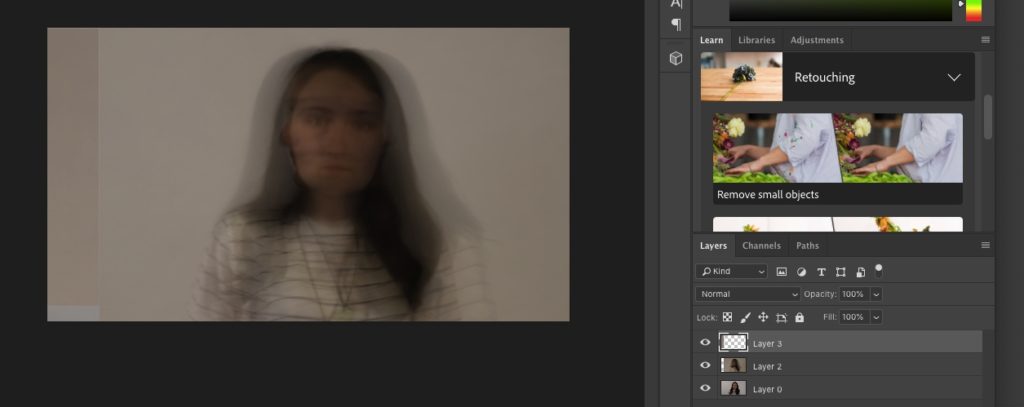
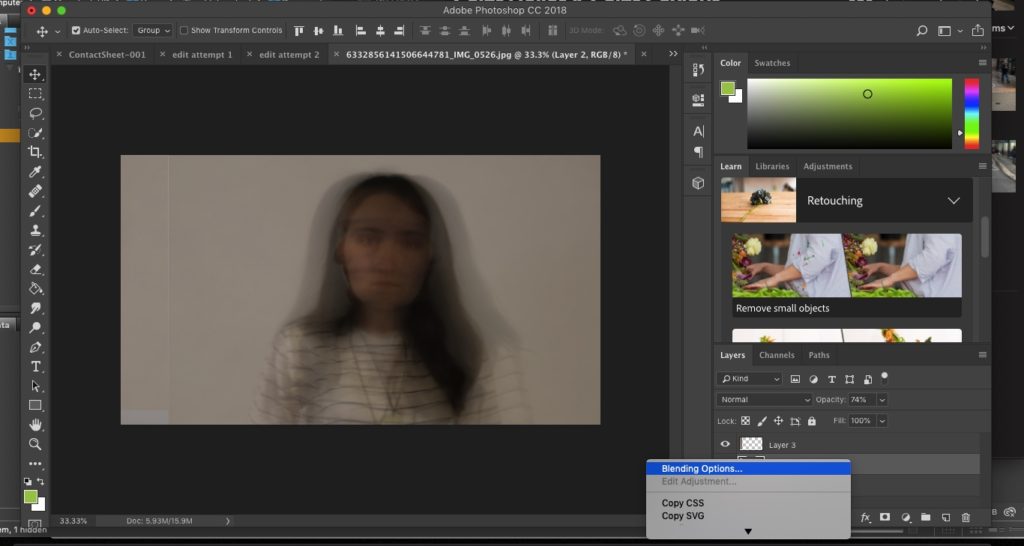
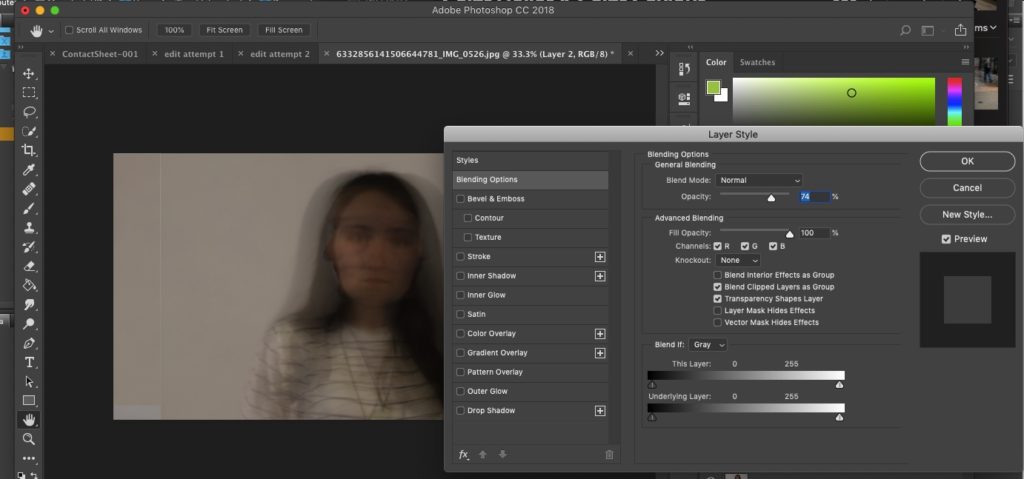
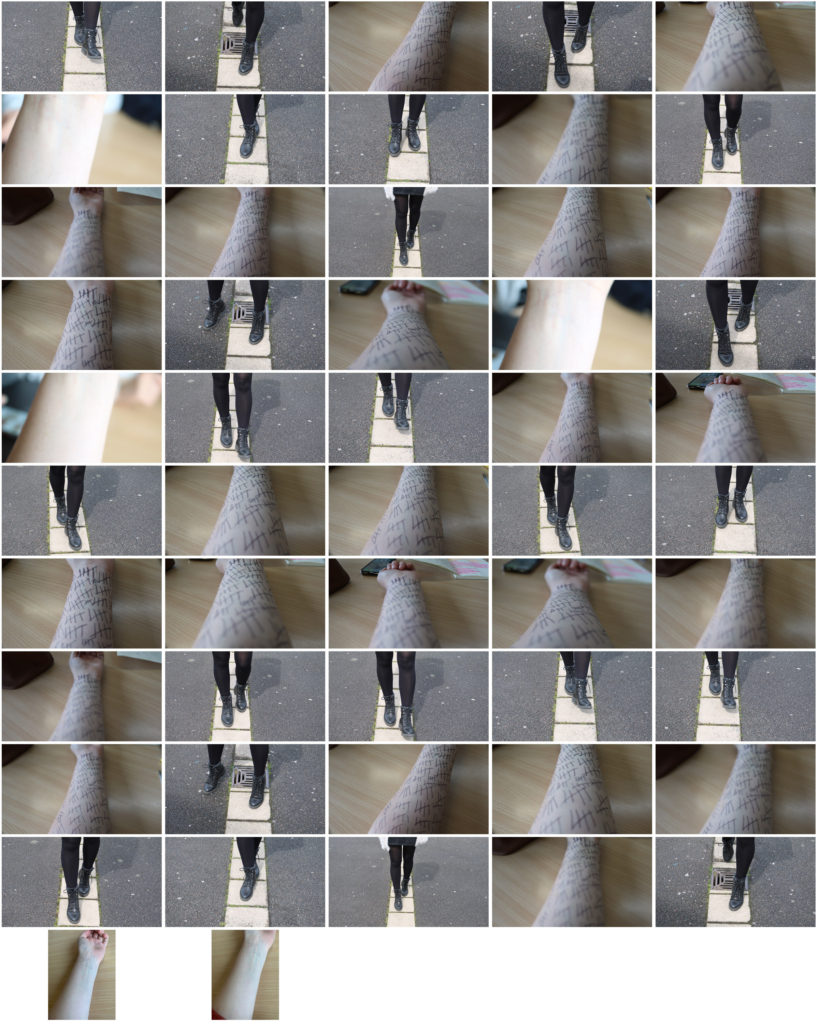
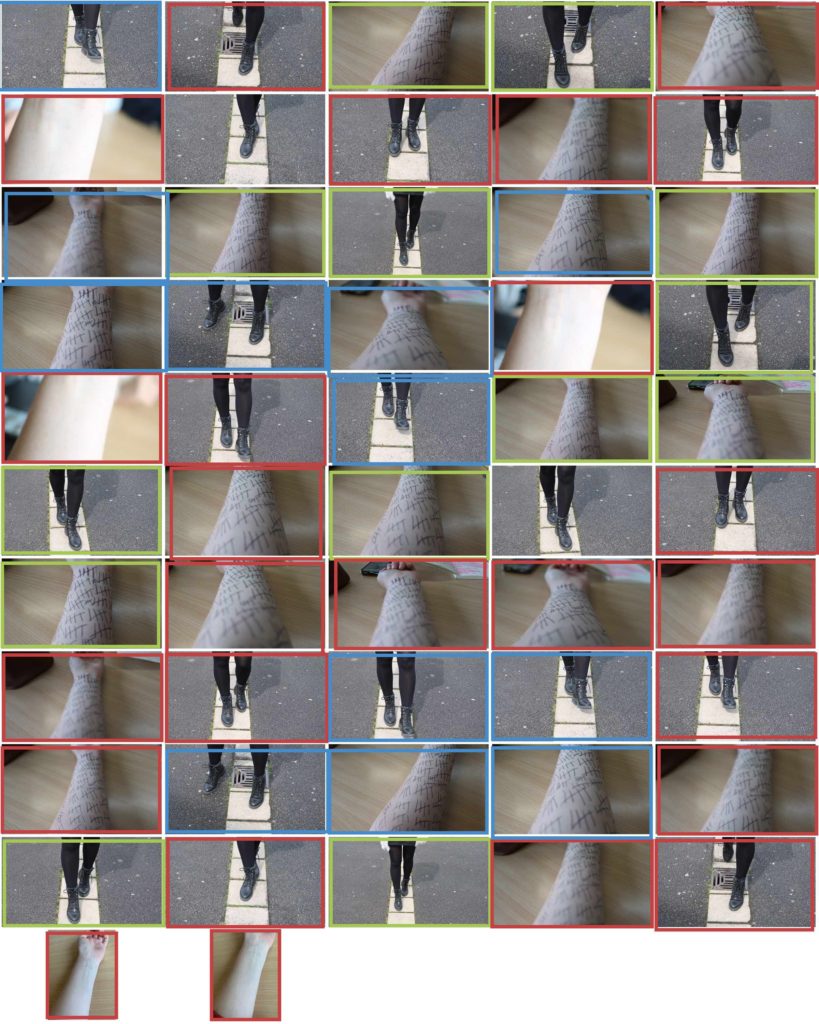
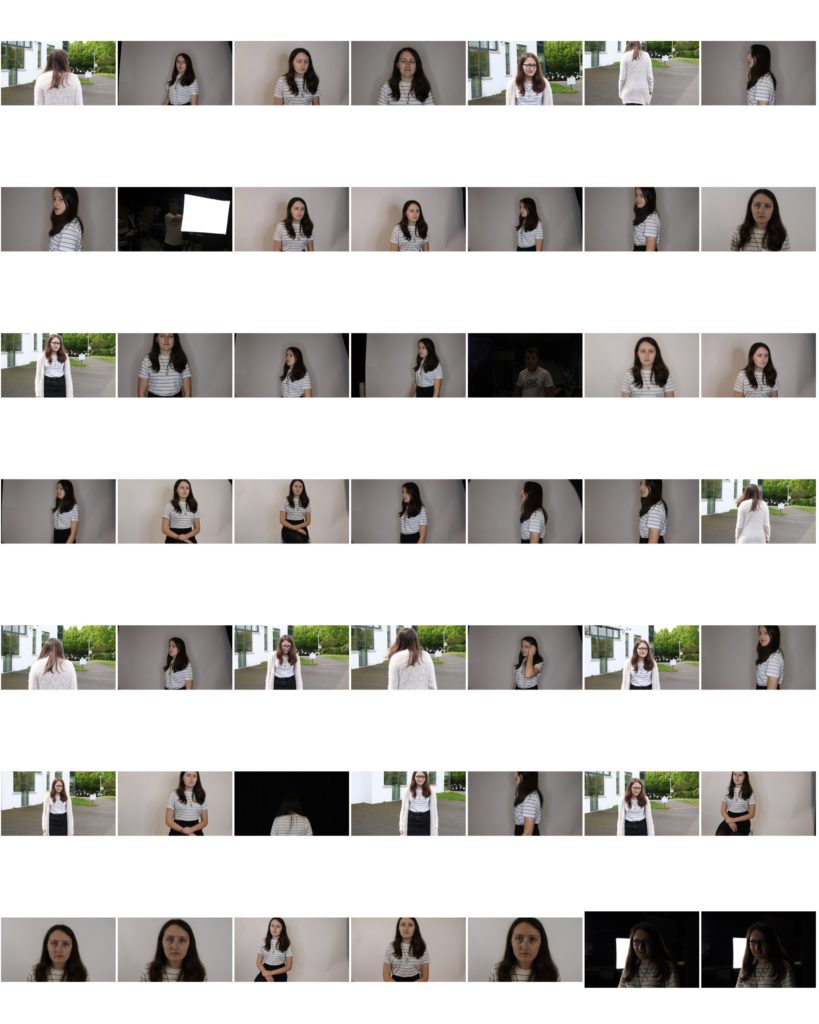

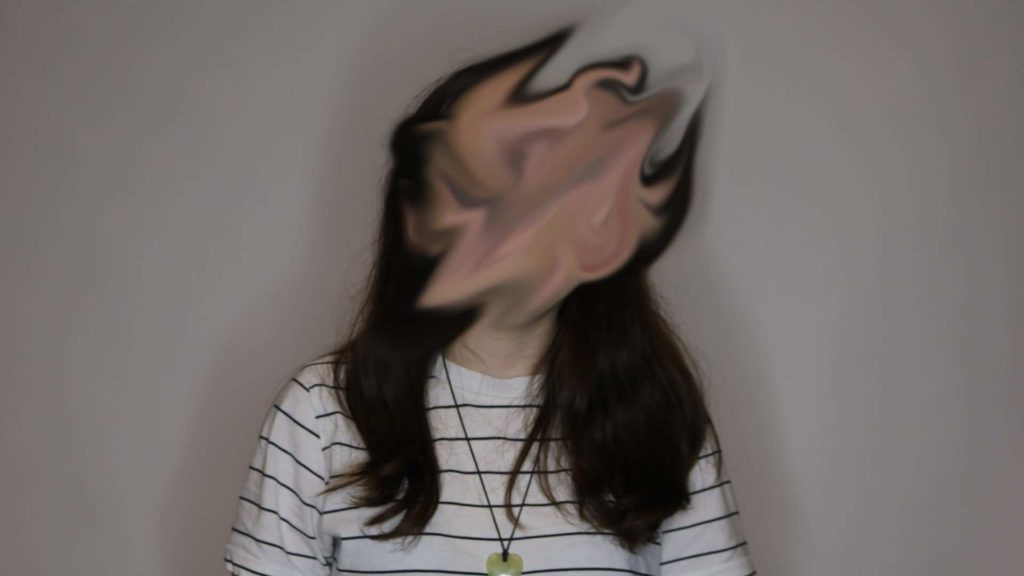
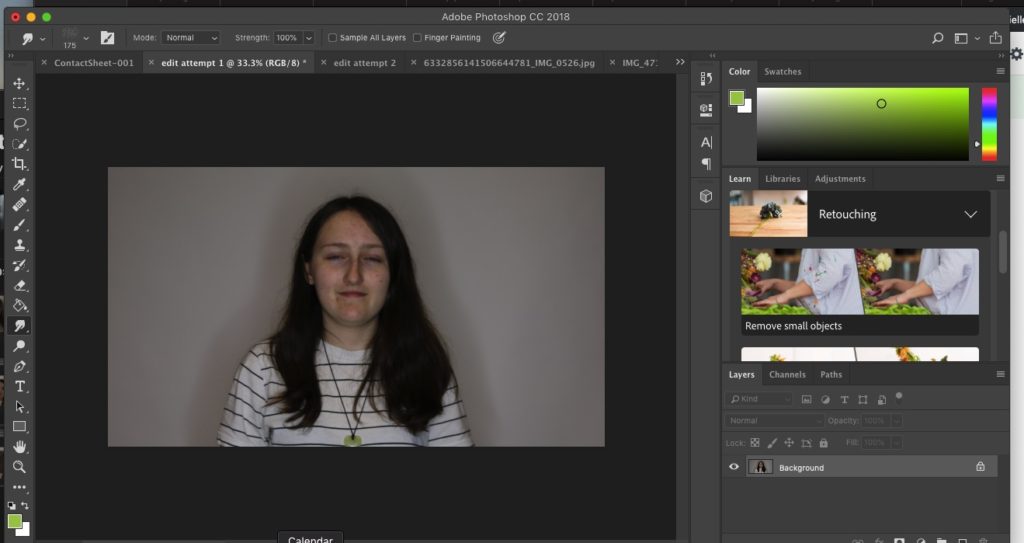

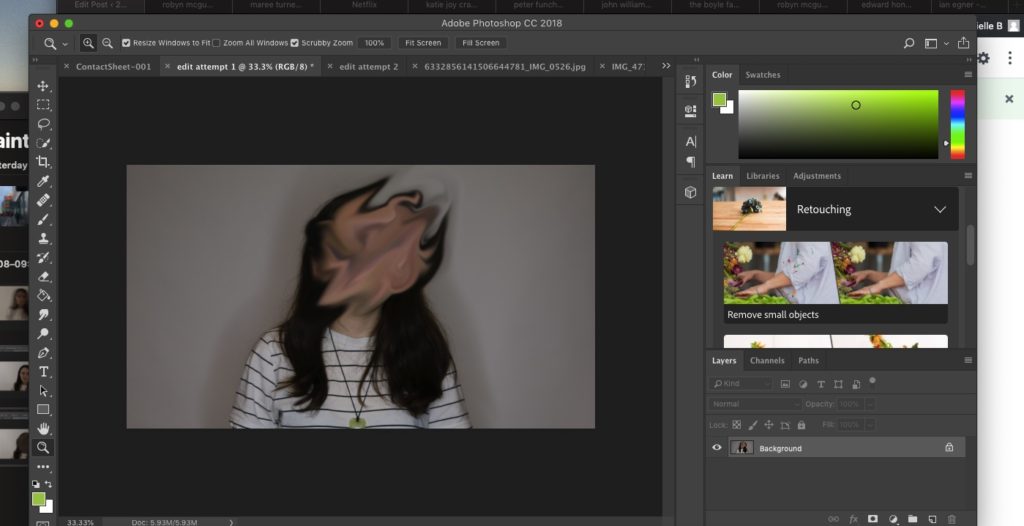
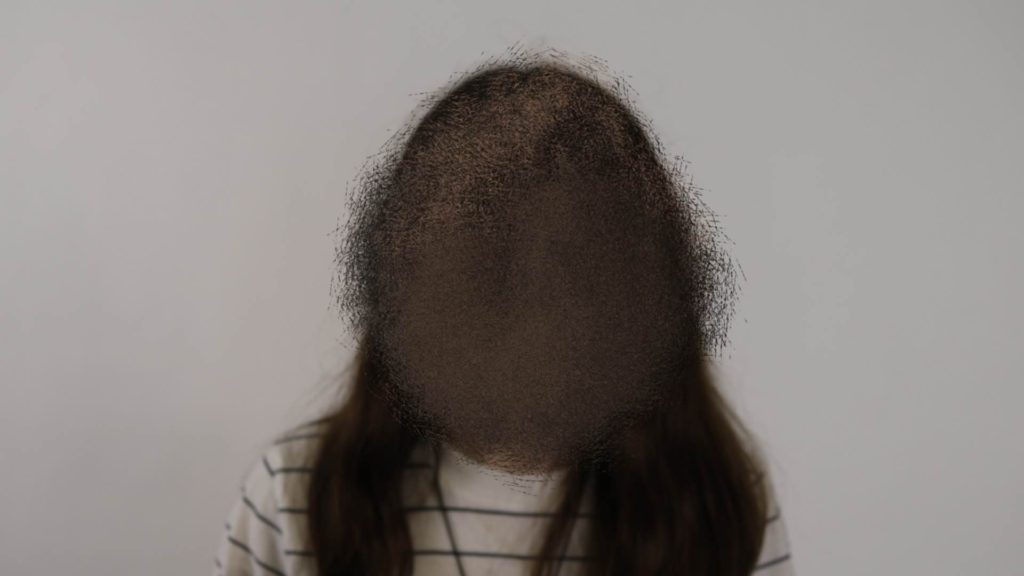
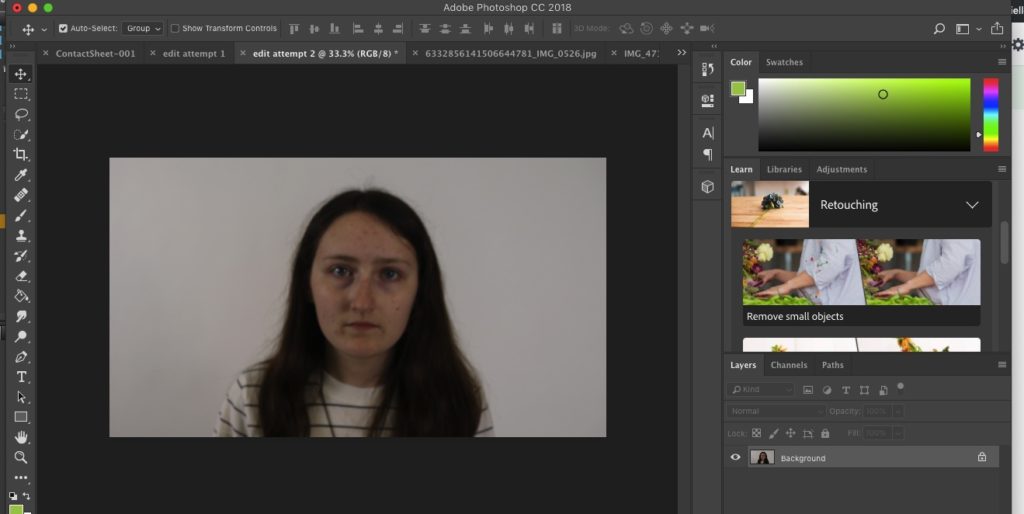
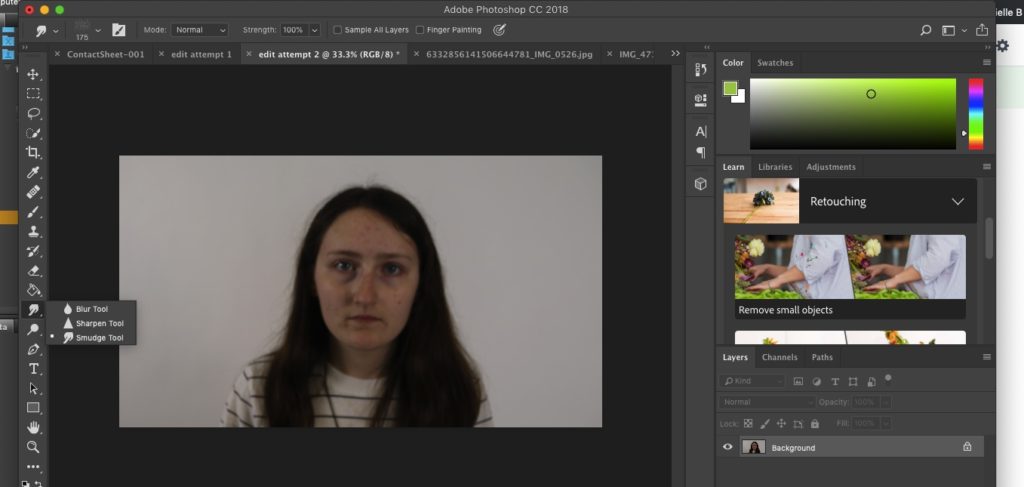
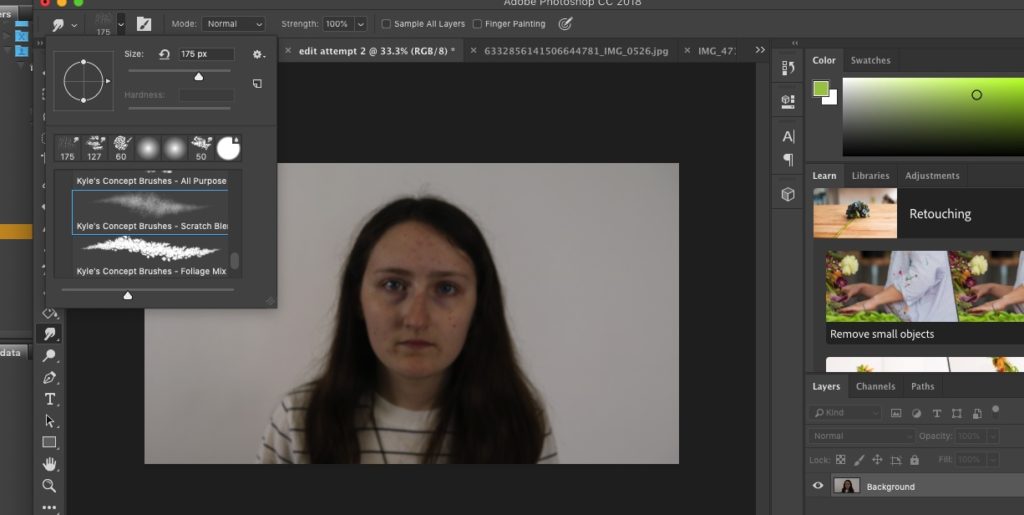

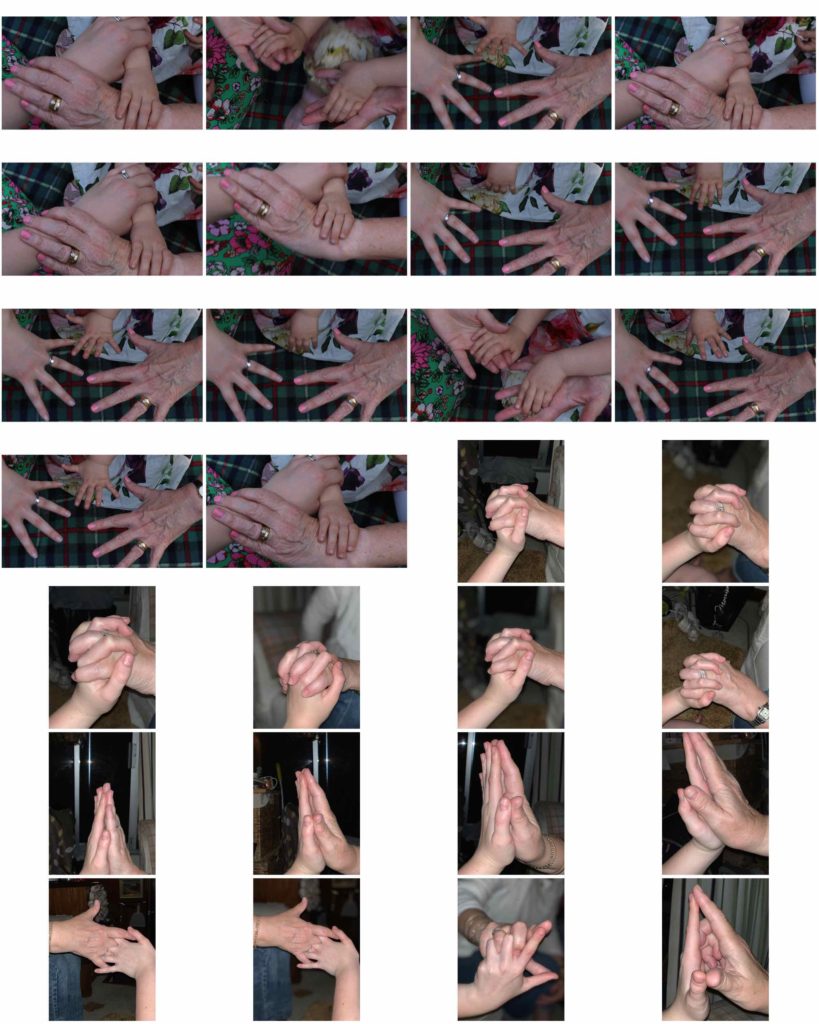

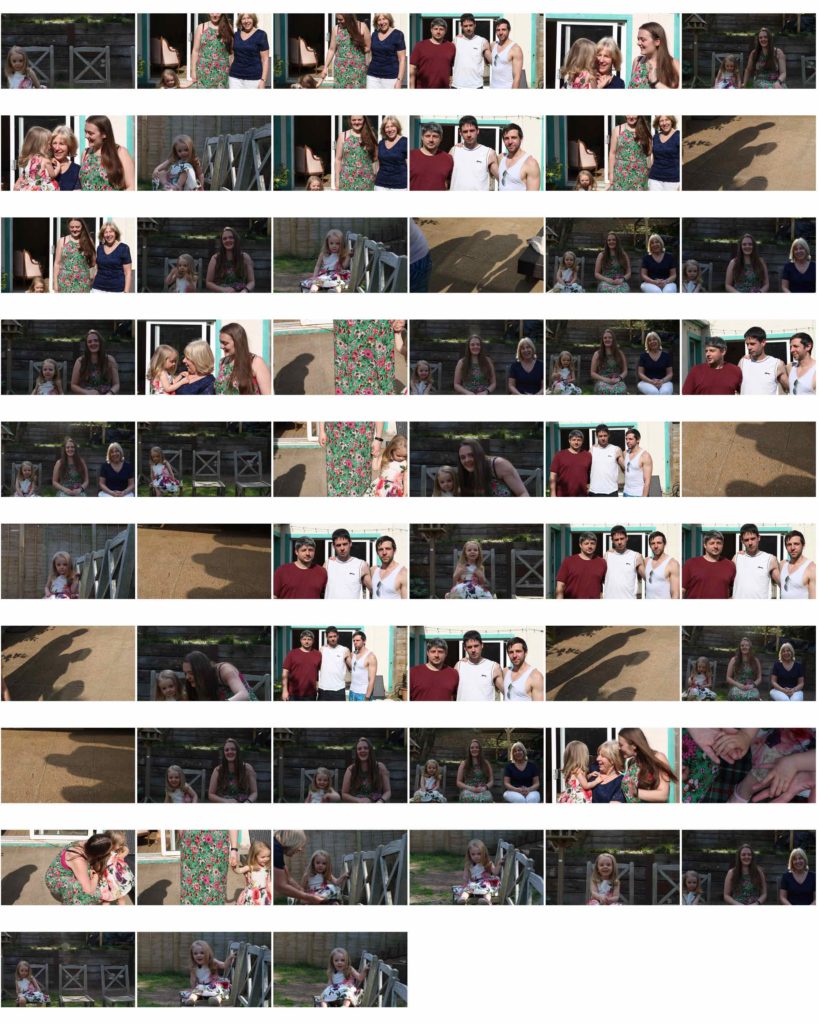
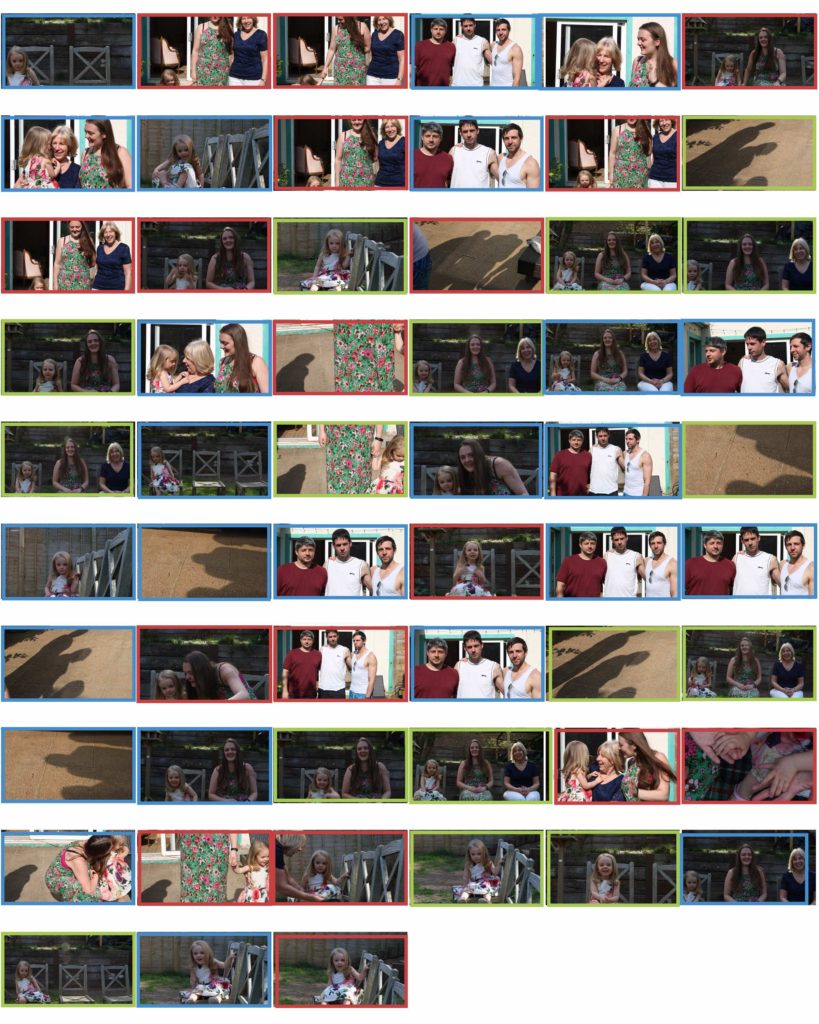
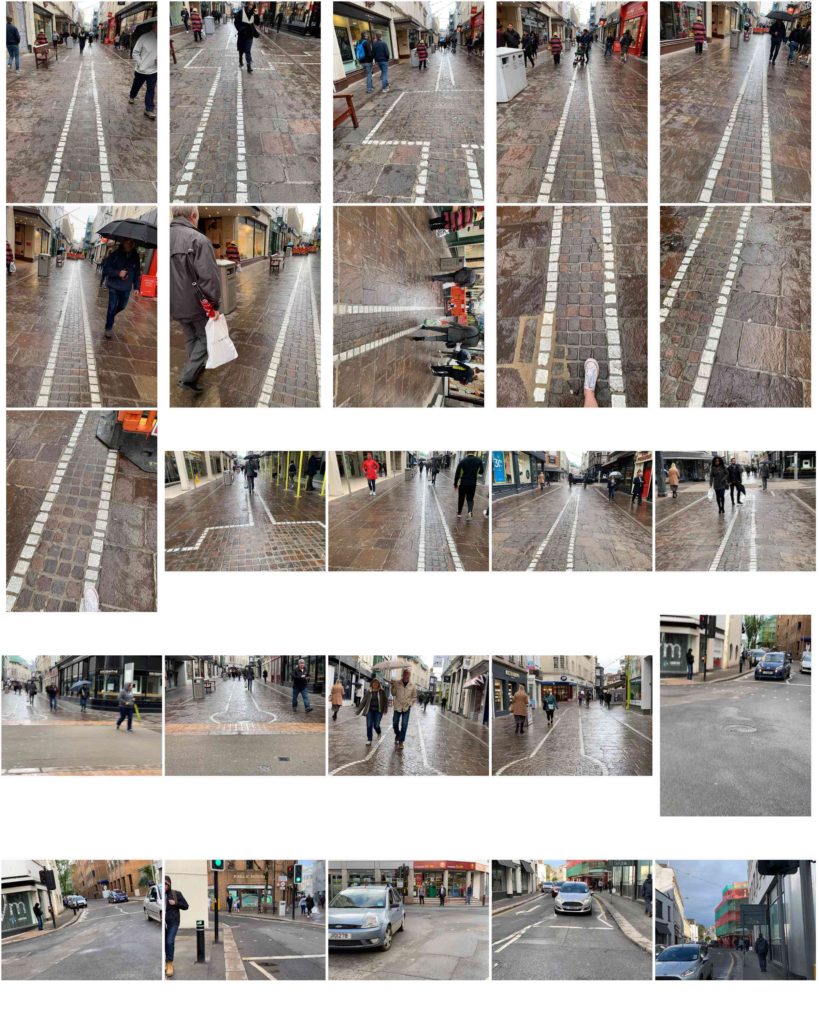

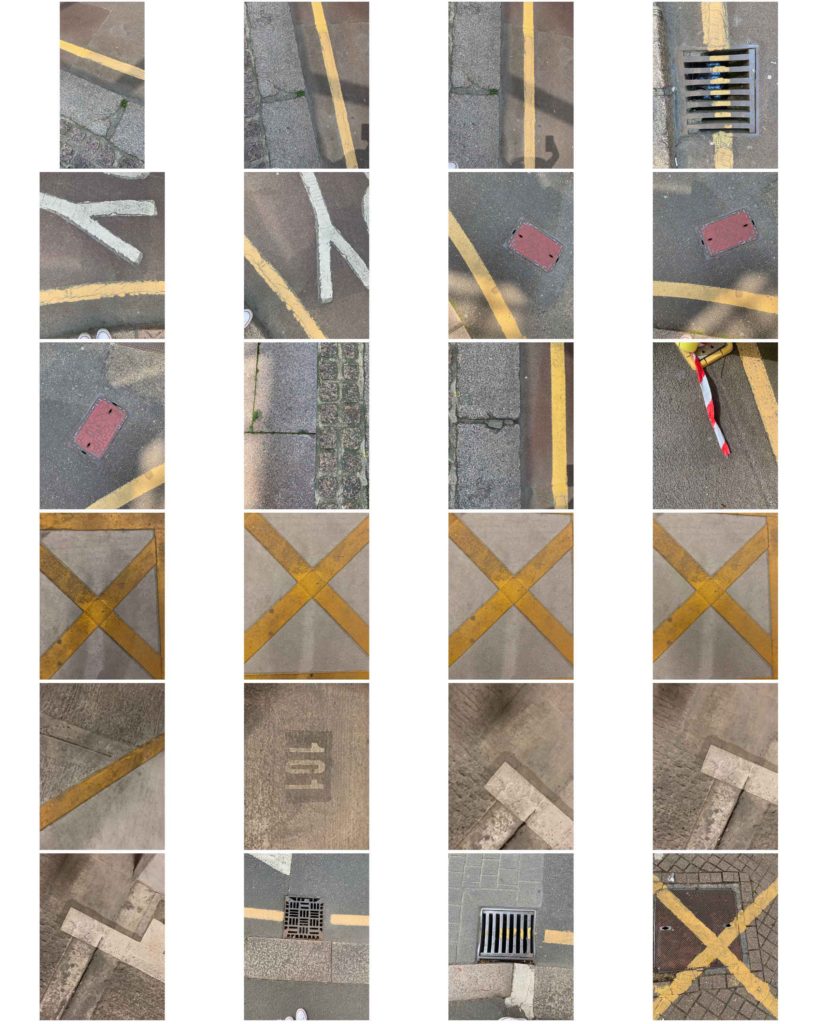

Photo-shoot 1: Planning
For my first photo-shoot, I have decided to focus on taking inspiration from the photographer Chris Porsz , and have decided to recreate archival photographs from the past (using the same now grown subjects) in order to portray the journey of the subjects through their life, and to show the changes they have undergone in the time between the 2 images being taken. The comparisons will be easier to make due to the fact that the subjects will be recreating the same poses in the same environments, thus showing a reflection between the 2 time periods, and showing the differences and similarities between the subject then, and now.
The below images are the archival images that I may be recreating using the same subjects:
The following images are contact sheets showing my decision making process for the images that I will carry through to the editing process:
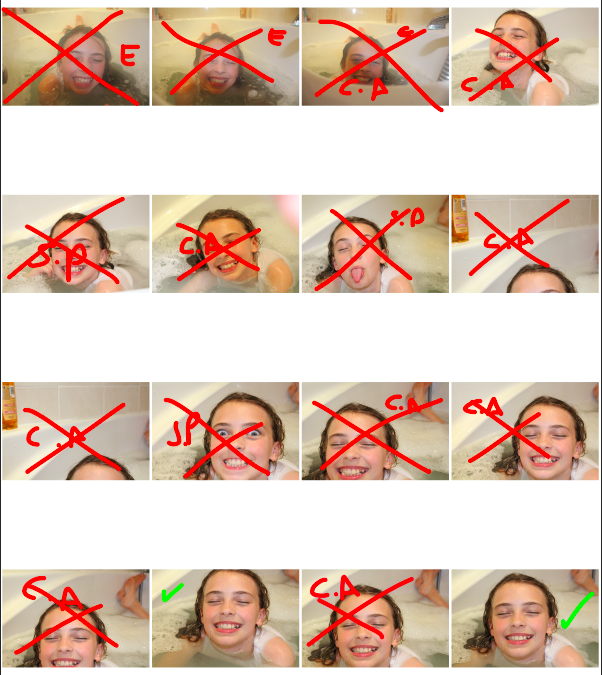
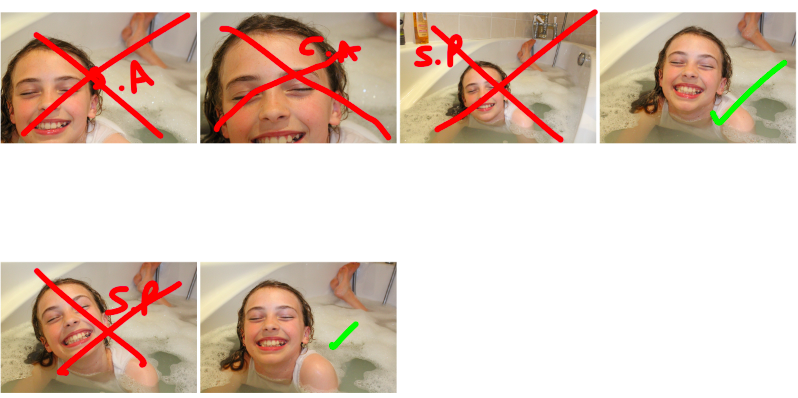
Key: Red S.P = subject posted incorrectly – Red cross = rejected image – Red C.A = camera angle is incorrect – Green tick = possible final image
I also edited the original, archival images in order to make them seem more 2D and flat, rather than lying on the original background that i took the images on. The contact sheet for the archival images is below:

On top of the above contact sheet, I have also made use of Photoshop in order to edit some of the images rather than taking multiple photographs of subjects, I have used a single image that is more recent (e.g a school photo) and have edited it to match the original so that the 2 can be compared. Below is an example of an image I will be editing to match the original:
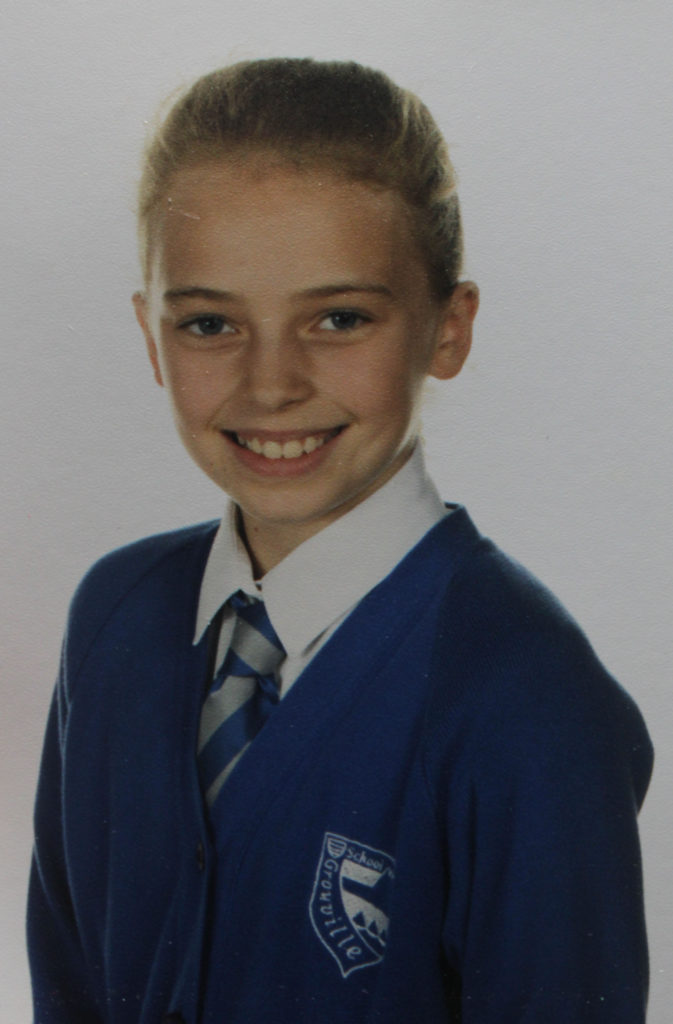
New Topographics: Photoshoot 2
For my second photoshoot in response to The New Topographics, I decided to take pictures in the old town of Mojacar. This location has a maze of narrow streets, white houses and trailing bougainvillaea. The old town clings to a rocky hillside. This was another great location to take pictures because it is an unusual urban development built by the Moors. The viewer can clearly see how man has altered this land through the architecture upon the landscape.
After the photoshoot, I put all the images onto a contact sheet to make a selection of the best images in response to The New Topographics. The selected images have then been edited on VSCO so I could make the images appear like film by adding filters and grain. Most of the final outcomes have remained in colour while one image has been turned black and white.
Contact Sheet


Final Outcomes
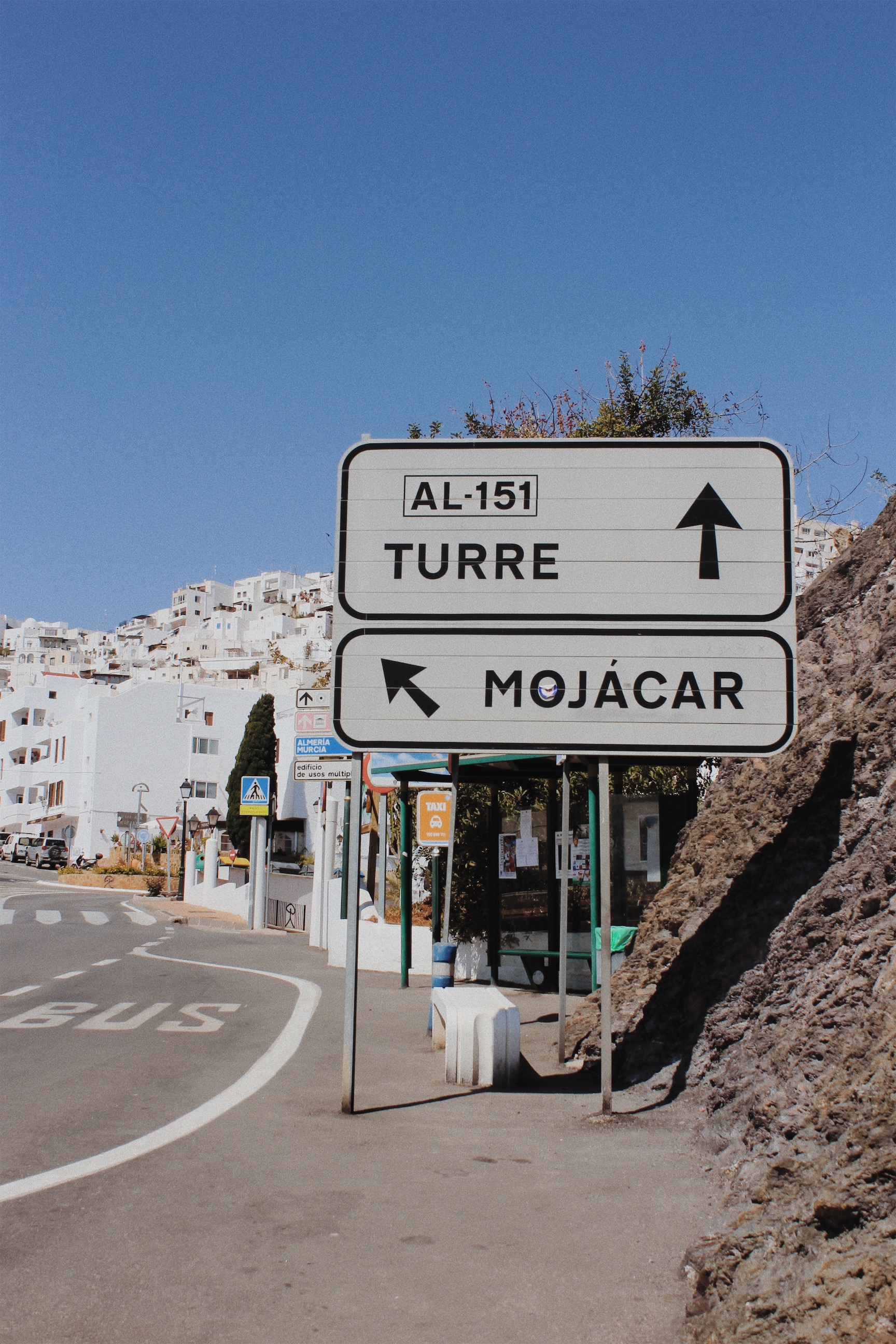

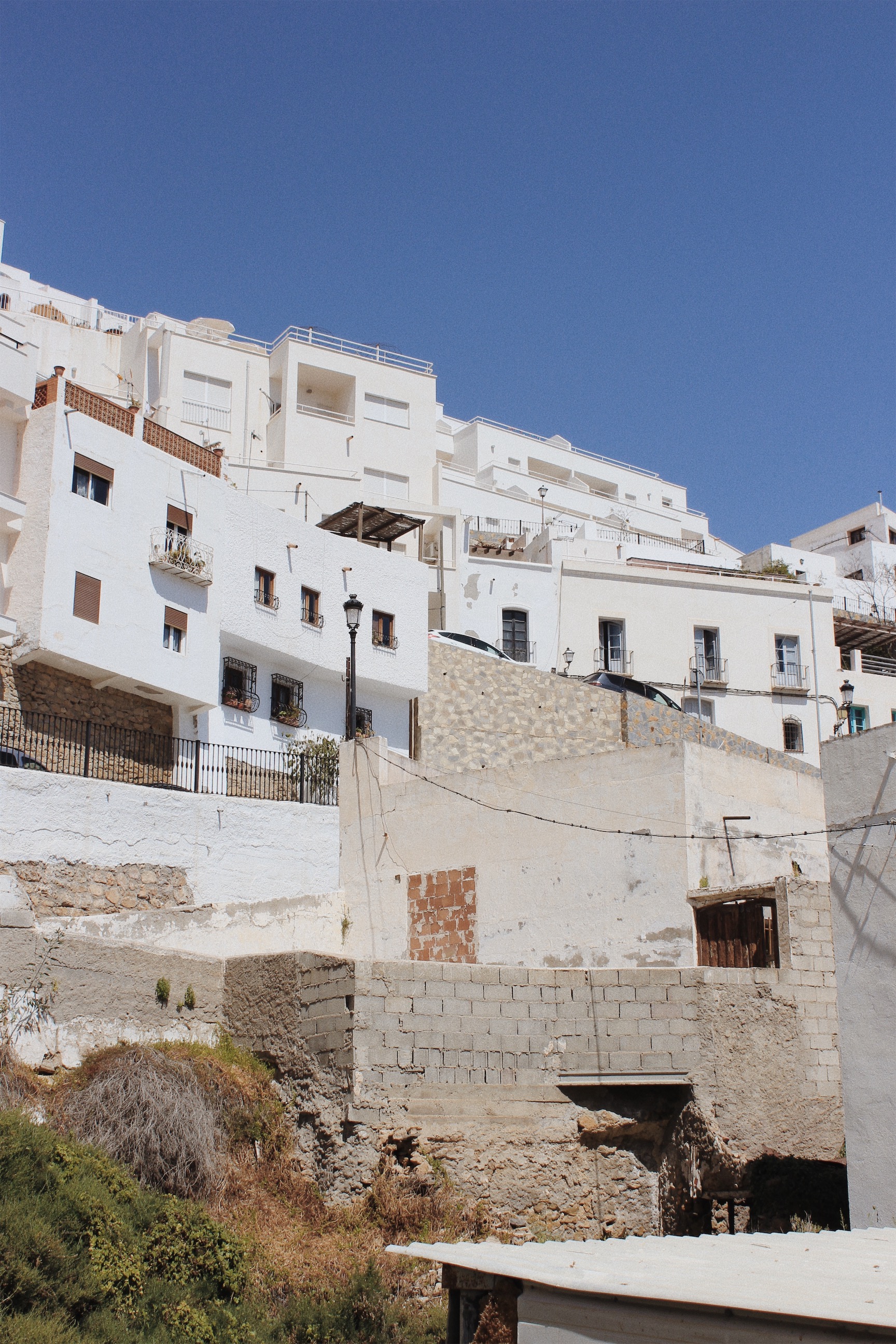
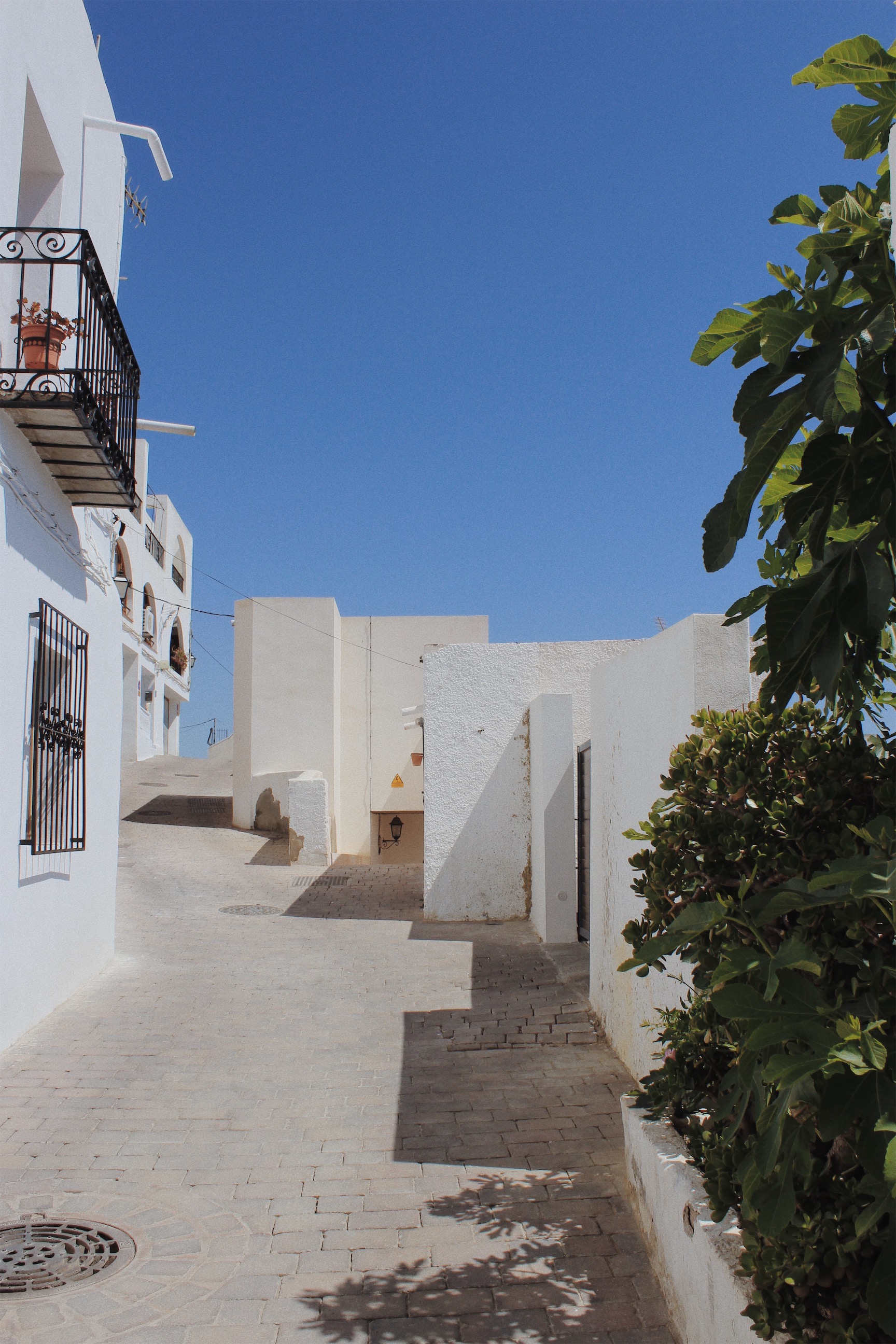
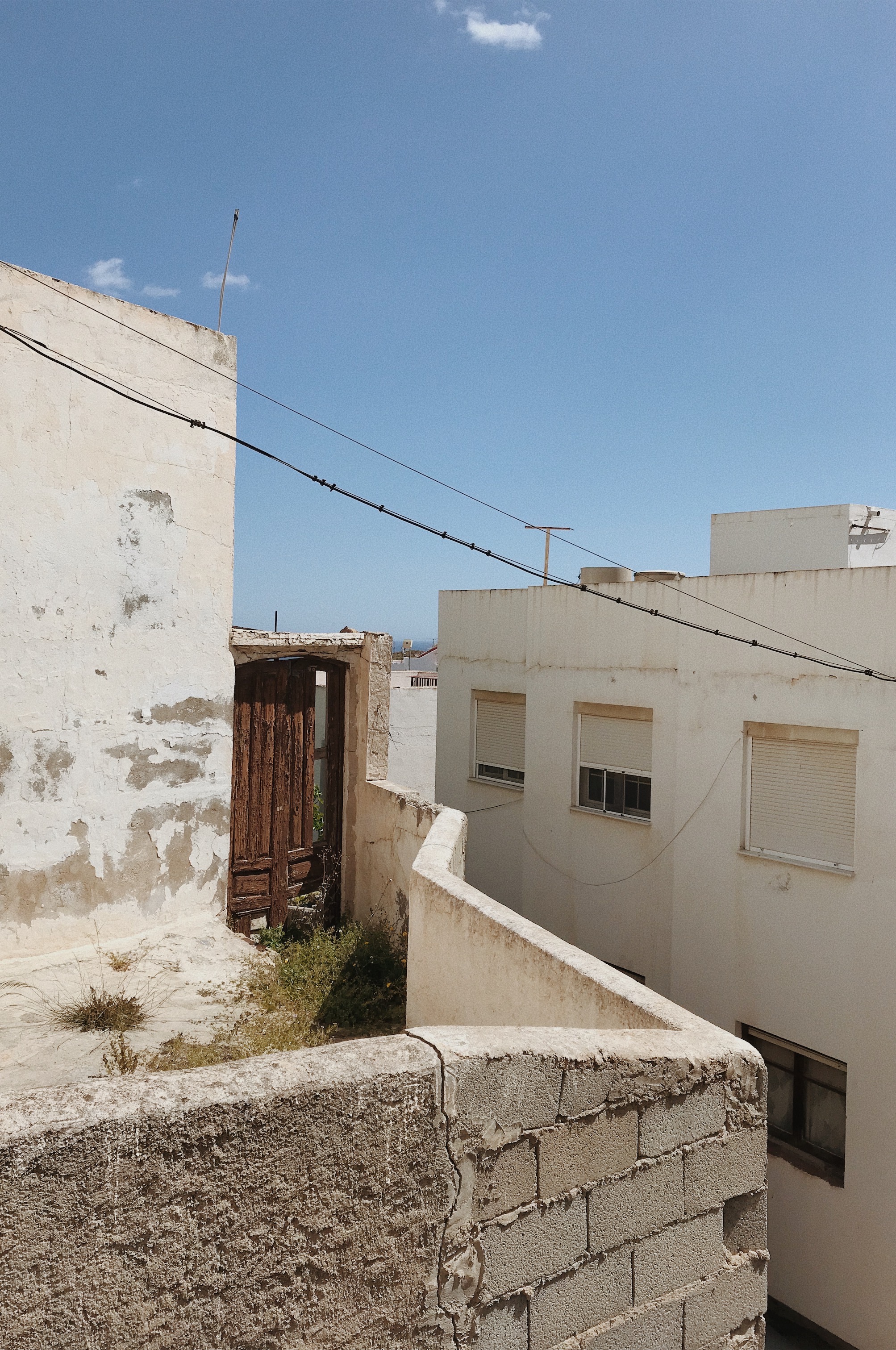
Evaluation
This photoshoot was successful as I managed to capture 50 images of urban development whilst I was in the old town of Mojacar. This meant that I had several photos to select from. I captured various pictures of different architecture to show the control and power human beings have over nature. I think my pictures reflect the style of the photographers involved in The New Topographic since my final outcomes have a banal aesthetic of the urban landscape.
Final Sets
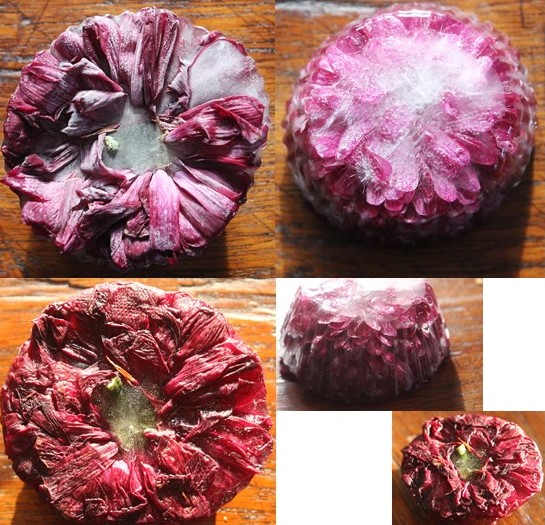
Set 1 is focusing on the idea of being ‘frozen in time’, freezing a living thing in time so we can observe its current state for longer.
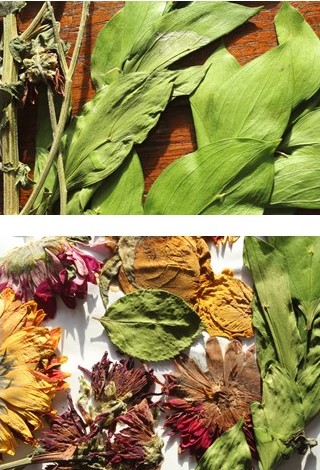
Set 2 focuses on again preserving something so that it can last longer and be admired for longer.
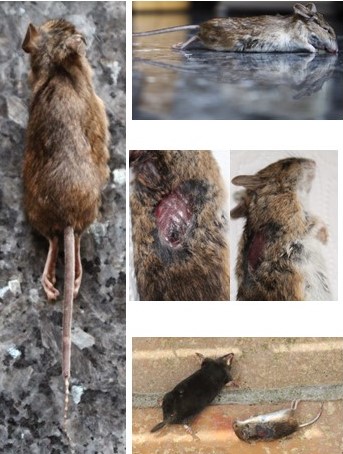
Set 3 focuses on the innocent deaths of rodents who can’t be preserved due to nature being its process at the moment of death, Hence why i wanted to capture them in their frozen moments so that the documentation of the death can be observed.
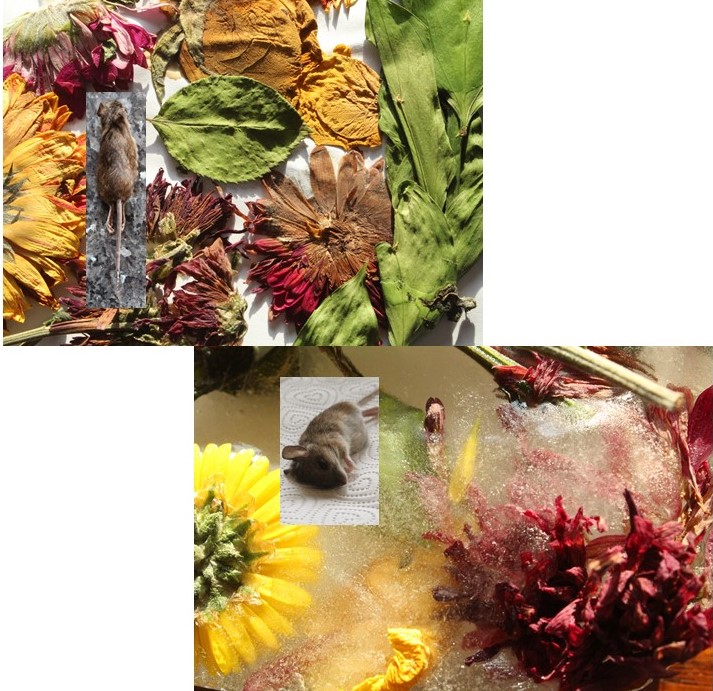
Set 4 shows how both ideas are linked, and both reflect different stages of the life cycle.
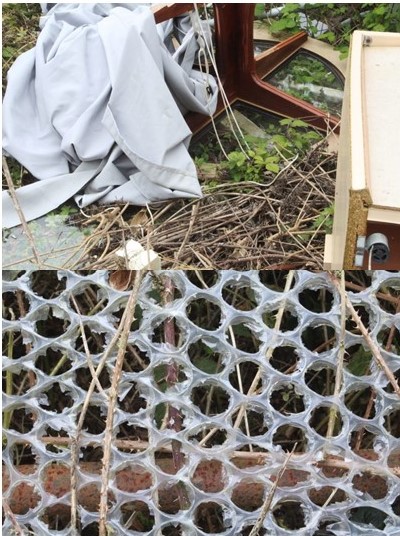
Set 5 reflects the disturbance of man and nature and how natures life cycle has been broken by man due to fly-tipping and miss-disposed rubbish.
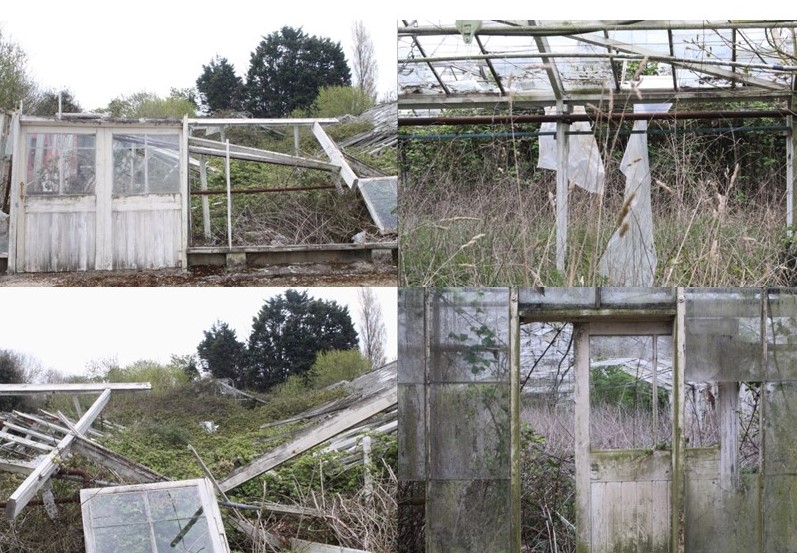
Set 6 again shows how humans have disrupted and abandoned a once cared for environment and left it to rot.
Final images – Edited
A5:
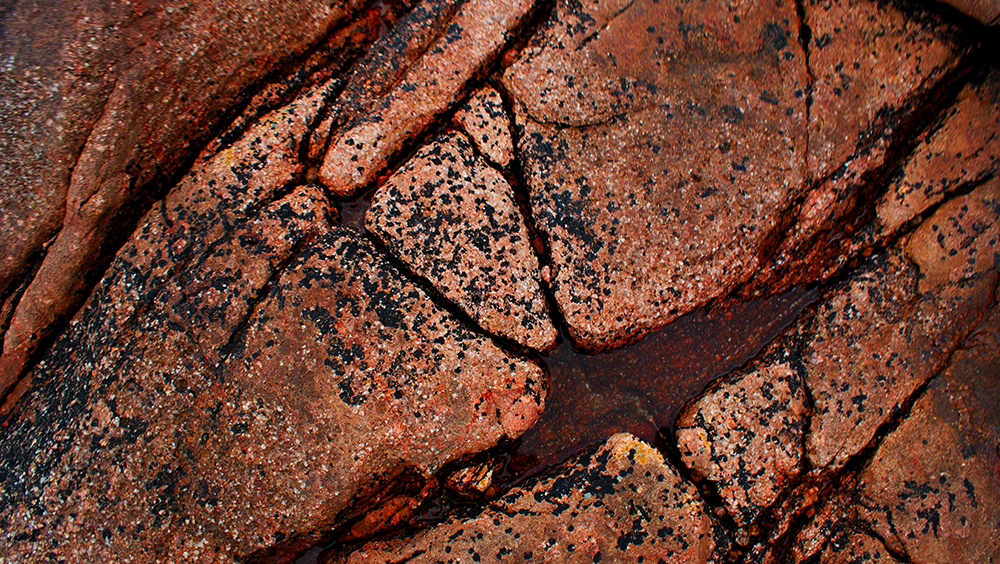
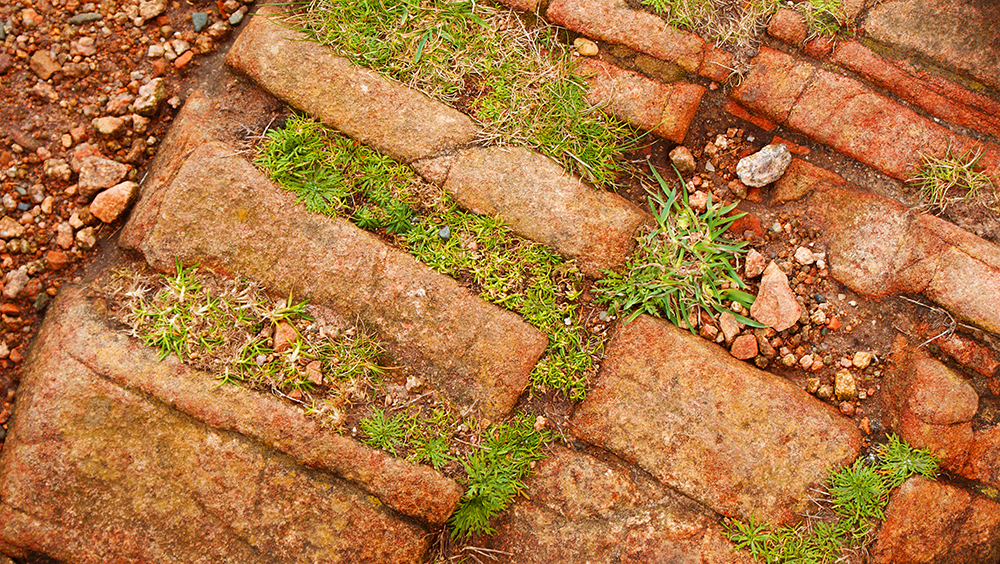

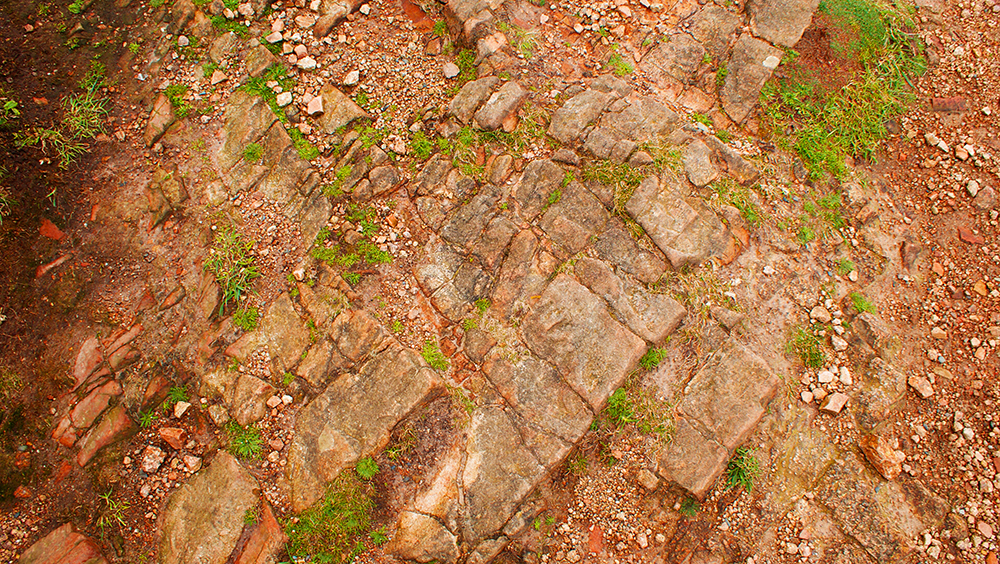
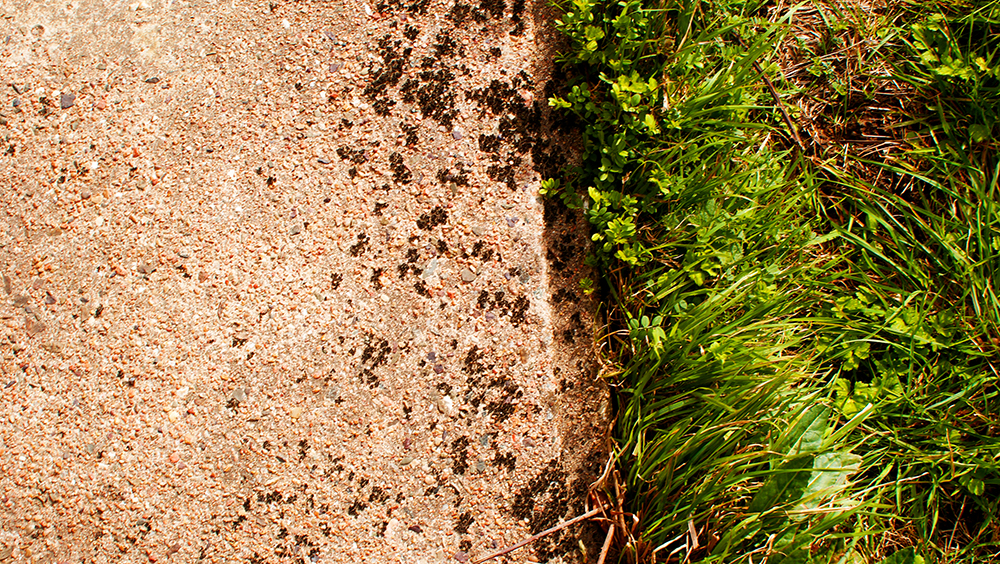
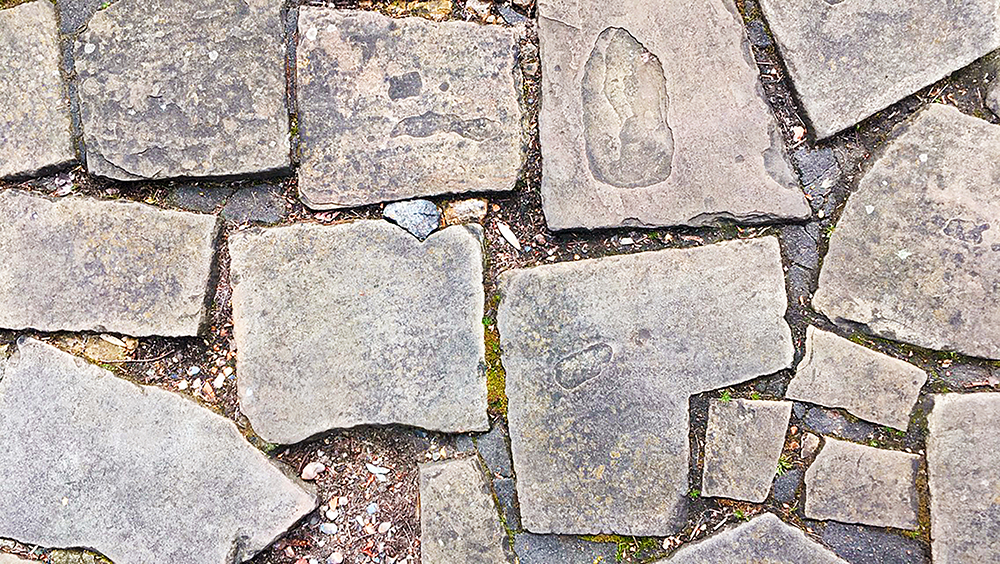
For all of these images, I took the same approach when it came to the editing. I increase the brightness and contrast in each of them, to lighten them up but also give them depth and shadows, and then changed the curves and exposure. I then went onto the vibrance, hues, saturation and colour balance and changed them all in the same way, increasing the vibrance significantly, the saturation only a little bit to add bit of a more intensity to the colour, brought the hues into the negative part of -15, and changed the colour balance to the number squence of 10, -5, -10, which in the end resulted out with the images i’ve come out with now.
A4:
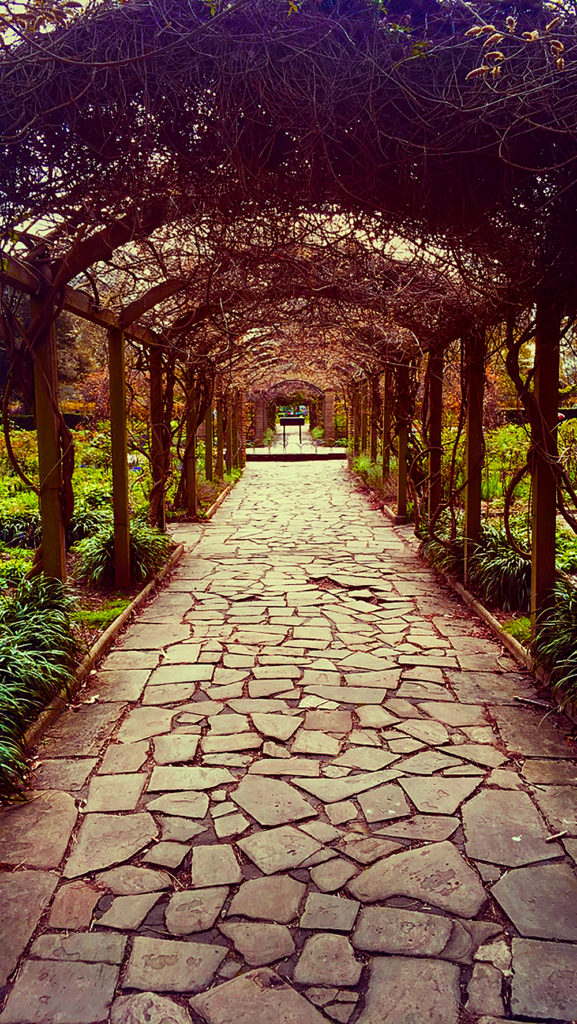
To edit this image, I went to increase the colour dramatically. I added an extra layer and used the paint tool with the soft edged brush to add a little bit of orange in the middle of the image, which you can barely pick up when you look at it, but still makes a difference compared to the original image. I then increased the brightness, vibrance and contrast in the image, and played around with the colour balance, hues and saturation to get to outcome I have now.
A3:
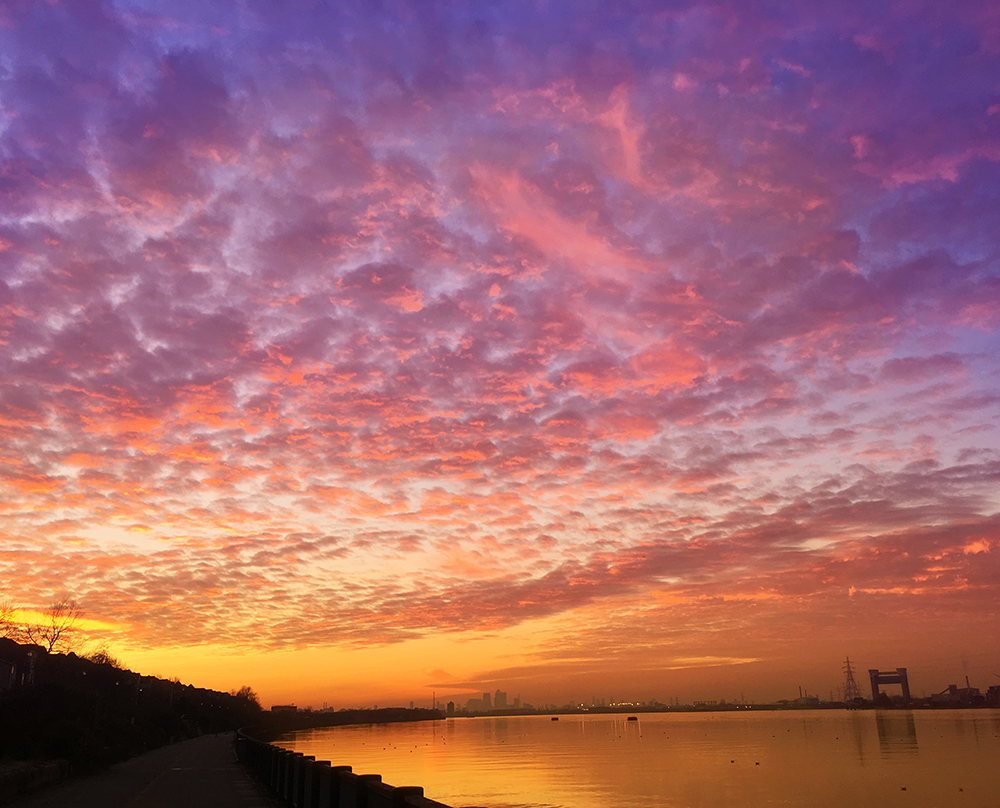
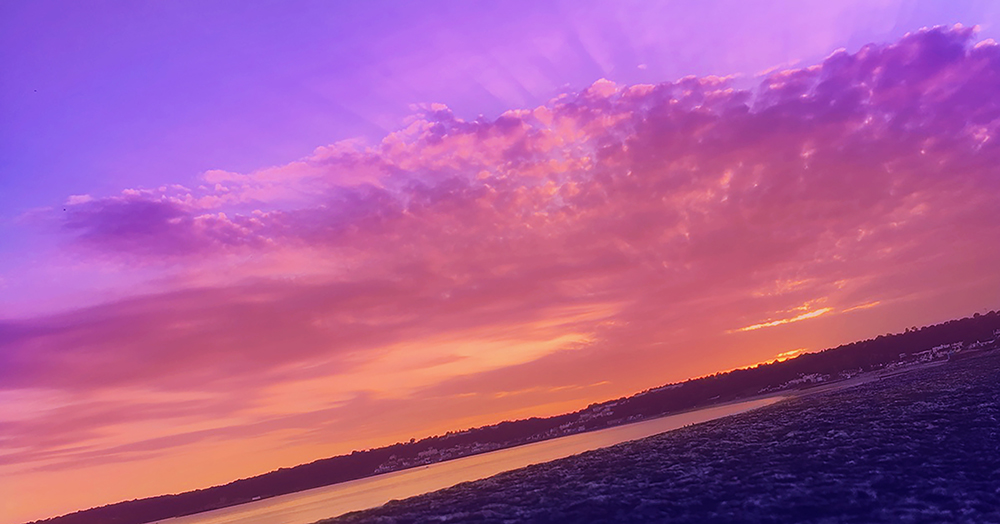
After cropping them to my desired length, cutting out anything unnecessary, I went to edit them in the style of Paul Reiffer. To do this, I added extra layers on top of the original image and used the paint tool with a soft edge brush to add colours such as blue, purple, pink, orange and yellow. I then reduced the opacity low enough until I got my desired effect, and then merged all the layers down so it made one layer in total. I did this to add more vibrant colours to the images and make them stand out in a way which Reiffer’s work does. After this, I played around with the brightness, contrast, and vibrance, increasing them all and making the colours stand out more. I then changed the hues and colour balance, having the images have more of a blue, purple and yellow tint to it.
Final images
For my final response to the theme of Journeys and Pathways, I chose these images:
A5:
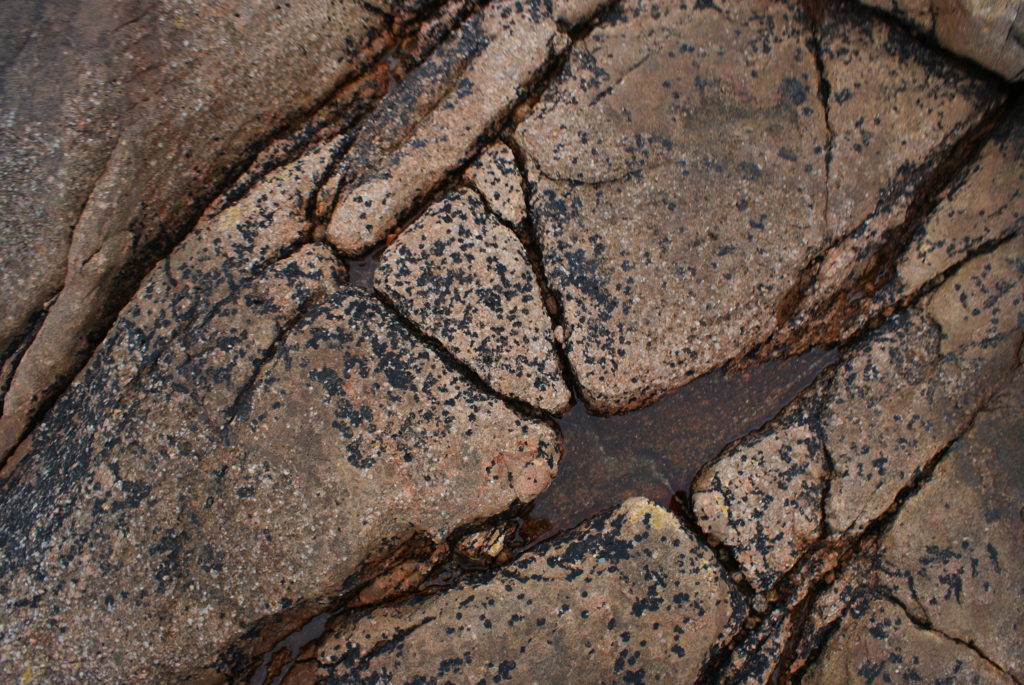
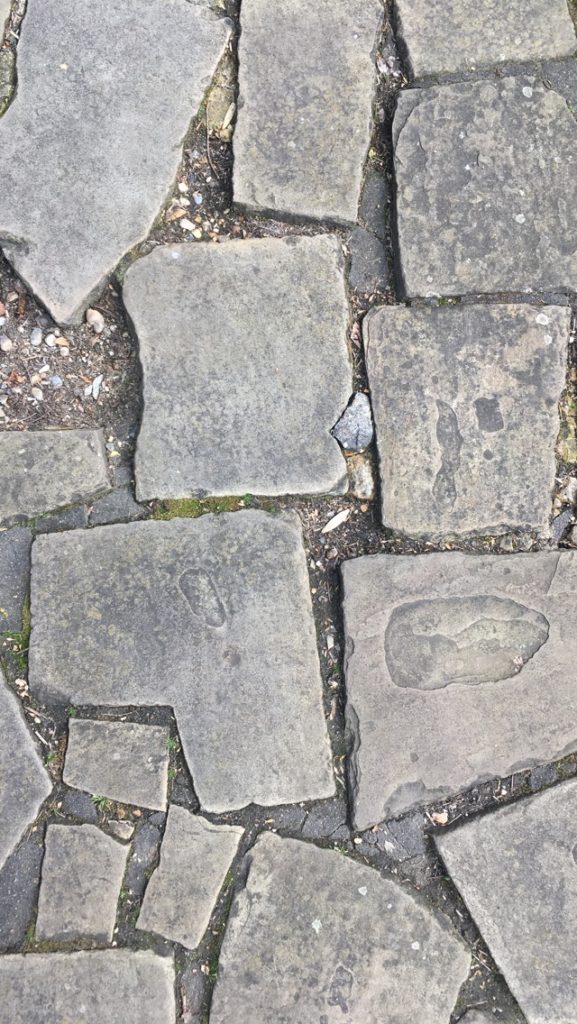
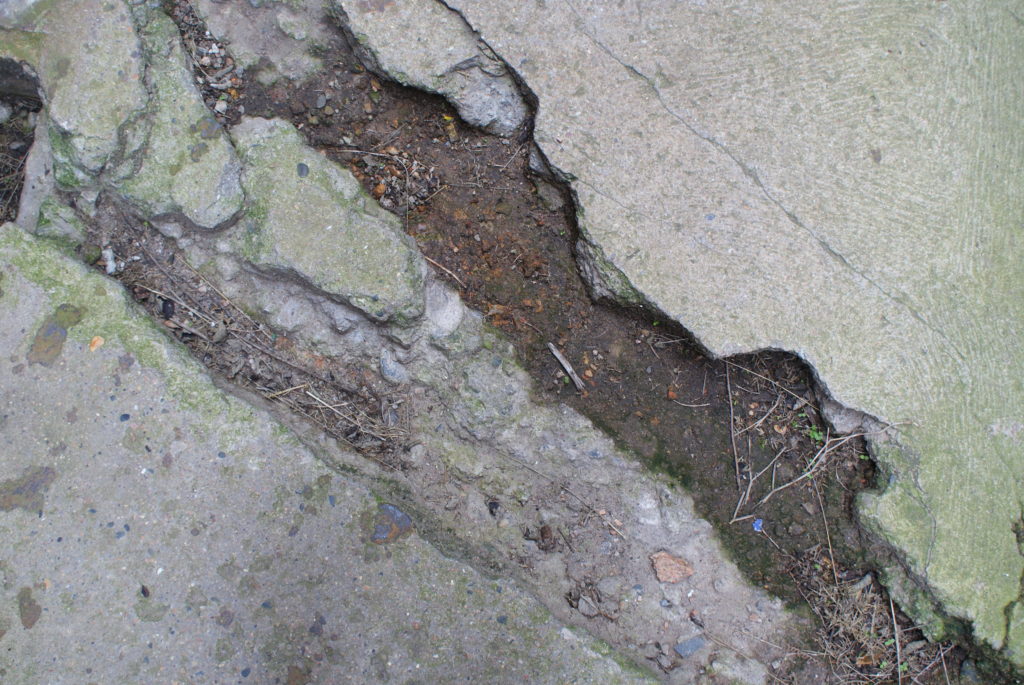
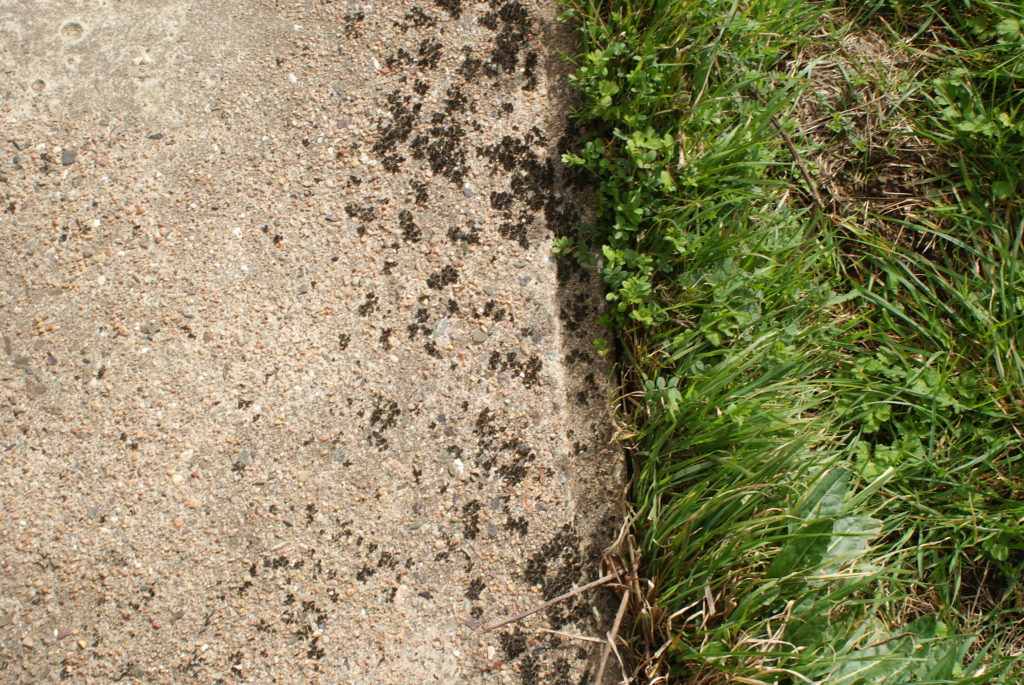
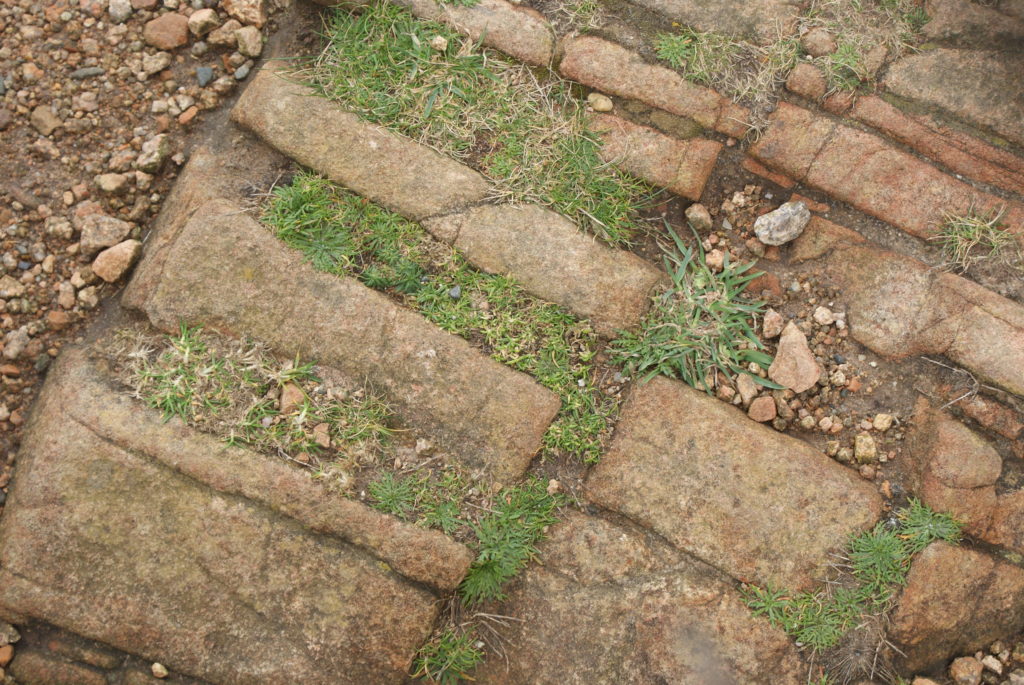
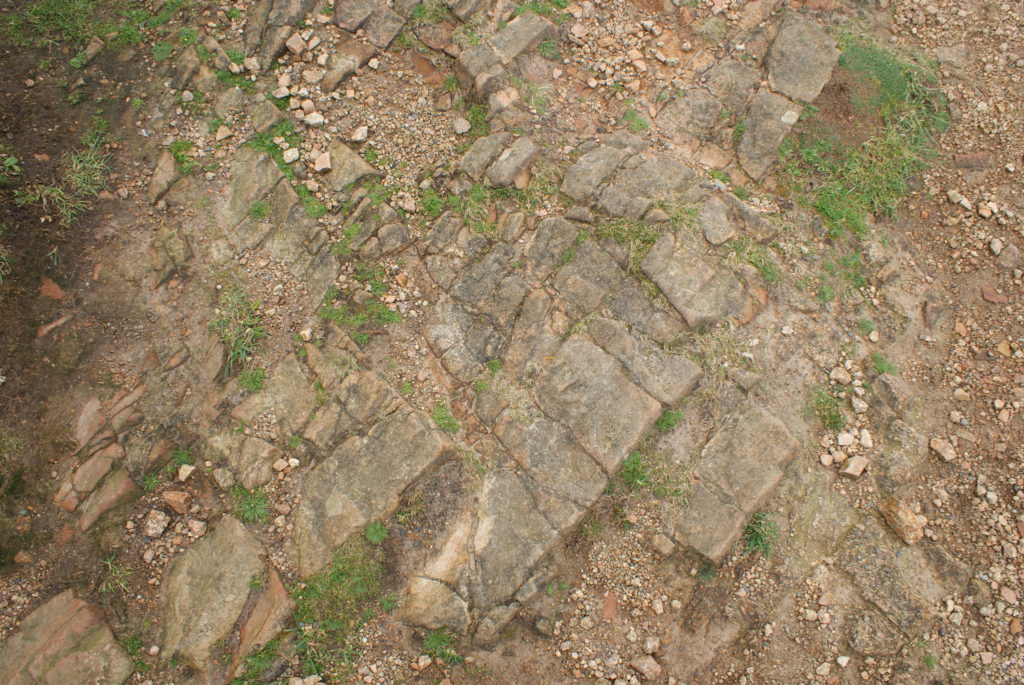
I chose all of these images because I beleive they relate to the theme of Journeys and Pathways, and each of the places where these images have been taken have a history and have been through a journey. For example, the first image of the rock is from Corbiere, the lighthouse in Jersey, where a groundskeeper drowned while trying to rescue visitors who were stranded at the lighthouse when the tide came in. The second image is from The Sexby Garden in Peckham, central London, where the park was created in 1906 on land which used to belong to the last farm in Peckham. The third image is from Noirmont in Jersey, the floor where German soldiers walked over when they invaded the island and built their bunkers and cannon holders. And the last two images are from Grosnez castle in Jersey, which was created in 1330 to provide local farmers refugee from French attacks, but was mostly destroyed in the mid 1600’s. These images were inspired by The Boyle Family, who go around taking pictures of floors which seem interesting.
A4:
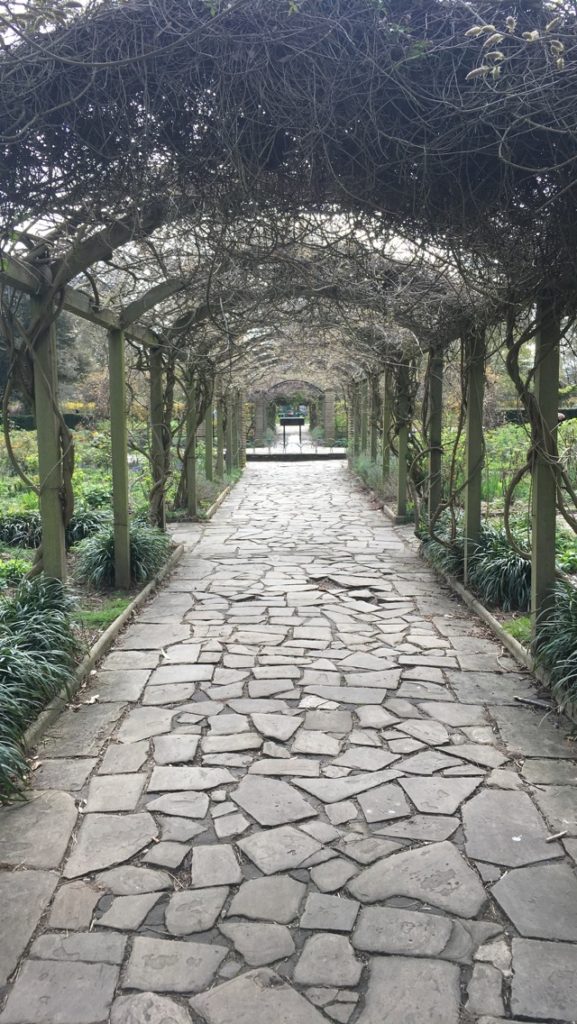
I chose this image alone because I think there can be much done to it which can result in an amazing final image. Although I wasn’t inspired by any photographer when taking this image, I believe that I could distantly relate it to the work which Mikko Largerstedt does. Although this image wasn’t taken at night, it does focus on the aspect of a pathway, which some of Largerstedt’s works do. With some editing and adding of colour and vibrancy, I believe I could relate it even more to his work.
A3:
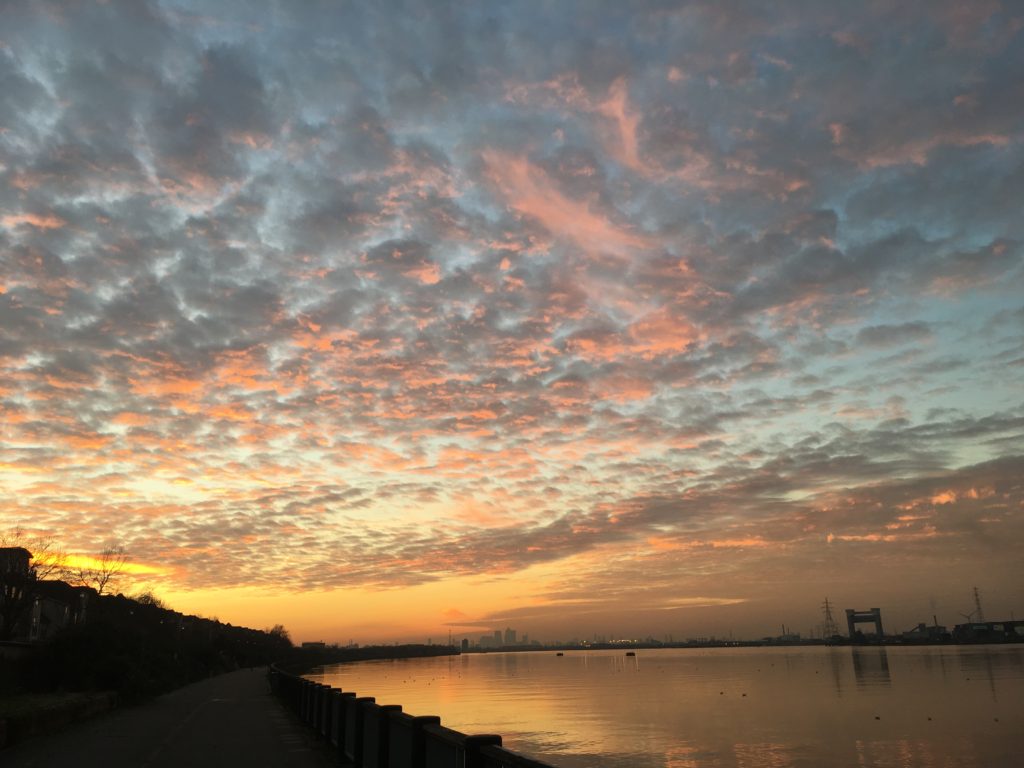
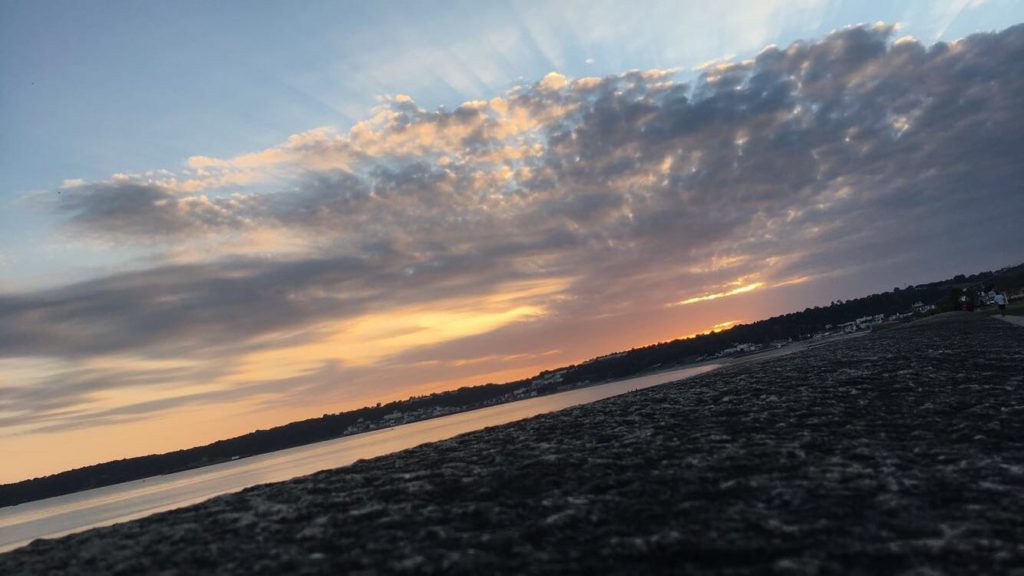
These images were chosen because I think they were the best out of all the pictures I took for sunsets and sunrises. They both seem dramatic with the clouds and the colours, with the setting and rising suns hidden from view but their light still significantly visible in the images. I also think they’d work best with the photographer Paul Rieffer, who takes pictures of stunning sunrises and sunsets with amazing colours and views. With some editing, I believe I can replicate what Rieffer does.
New Topographics: Photoshoot 1
To respond to The New Topographics, I went along Mojacar Playa a tourist resort located on the coast. I took several pictures of man altered landscapes so when I uploaded them onto the contact sheet I could select the best images to edit on VSCO. I wanted to show how the natural landscape was being eroded by urban development through my images.
Mojacar, in the province of Algeria is officially a desert region and is certainly an arid part of Spain. Mojacar was the perfect location to take pictures responding to The New Topographics since it has lots of white washed houses that have been constructed over the years. Lots of these houses have been constructed on or near natural features such as the beach and the mountains behind Mojacar town.
Contact Sheet

Final Outcomes
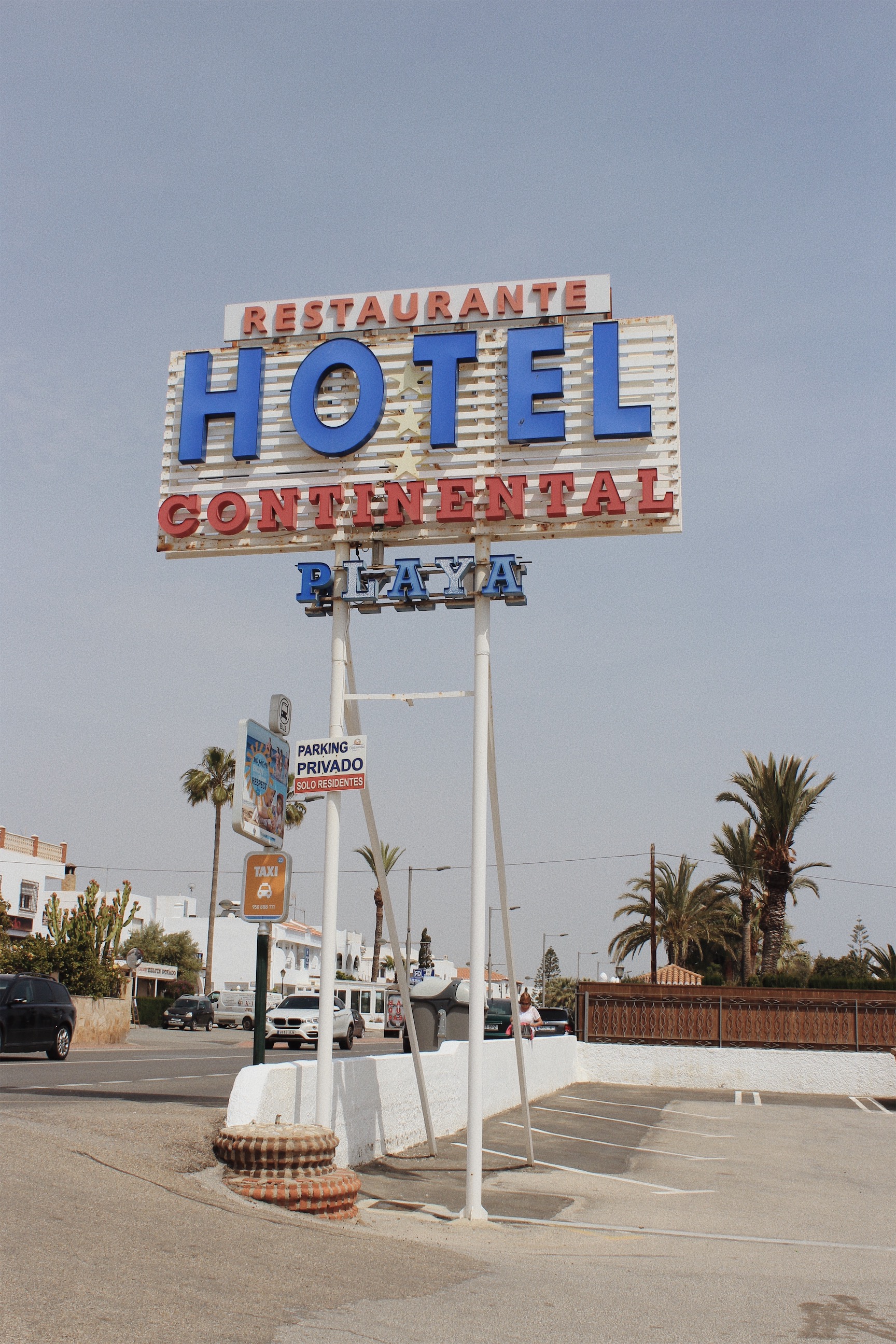
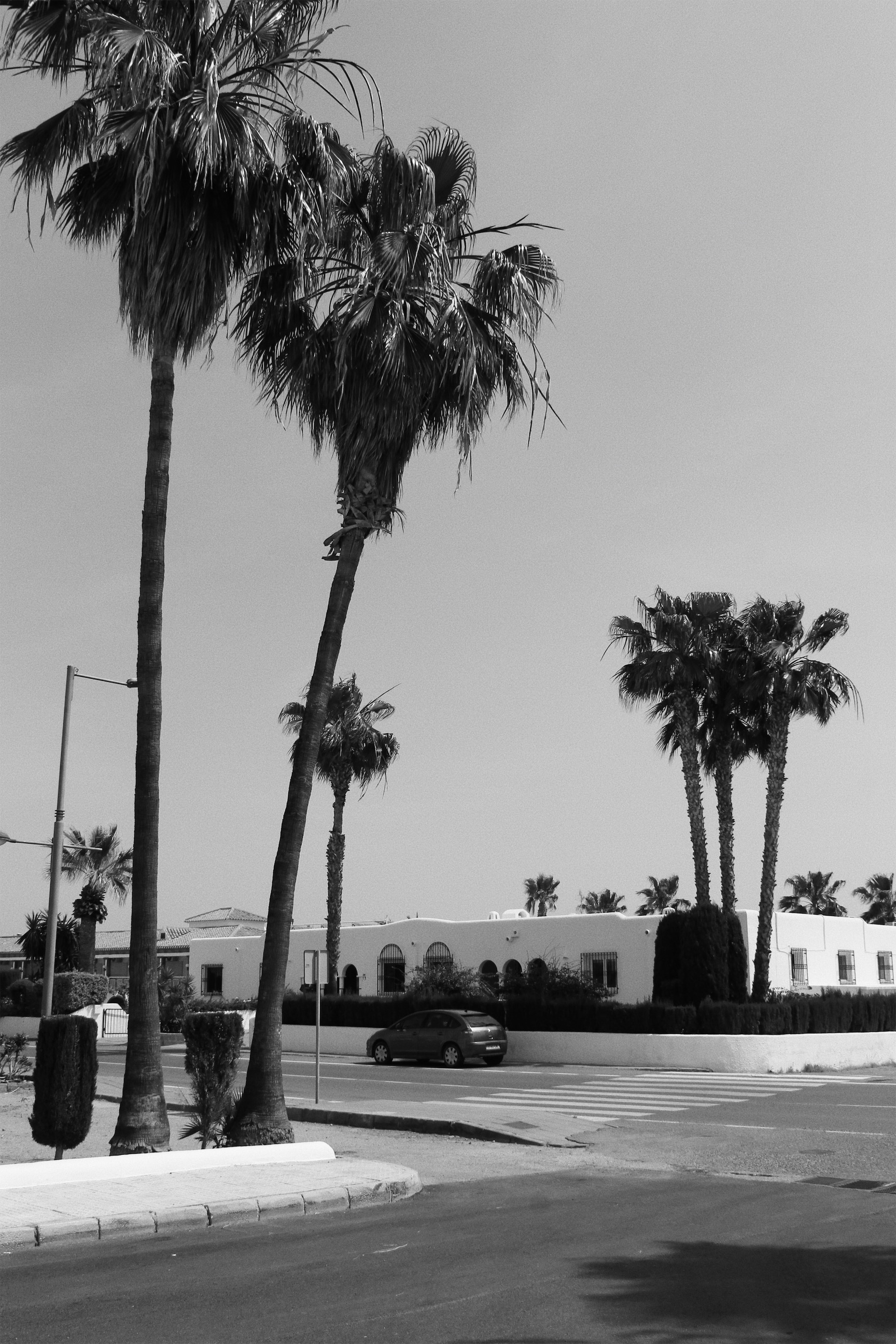

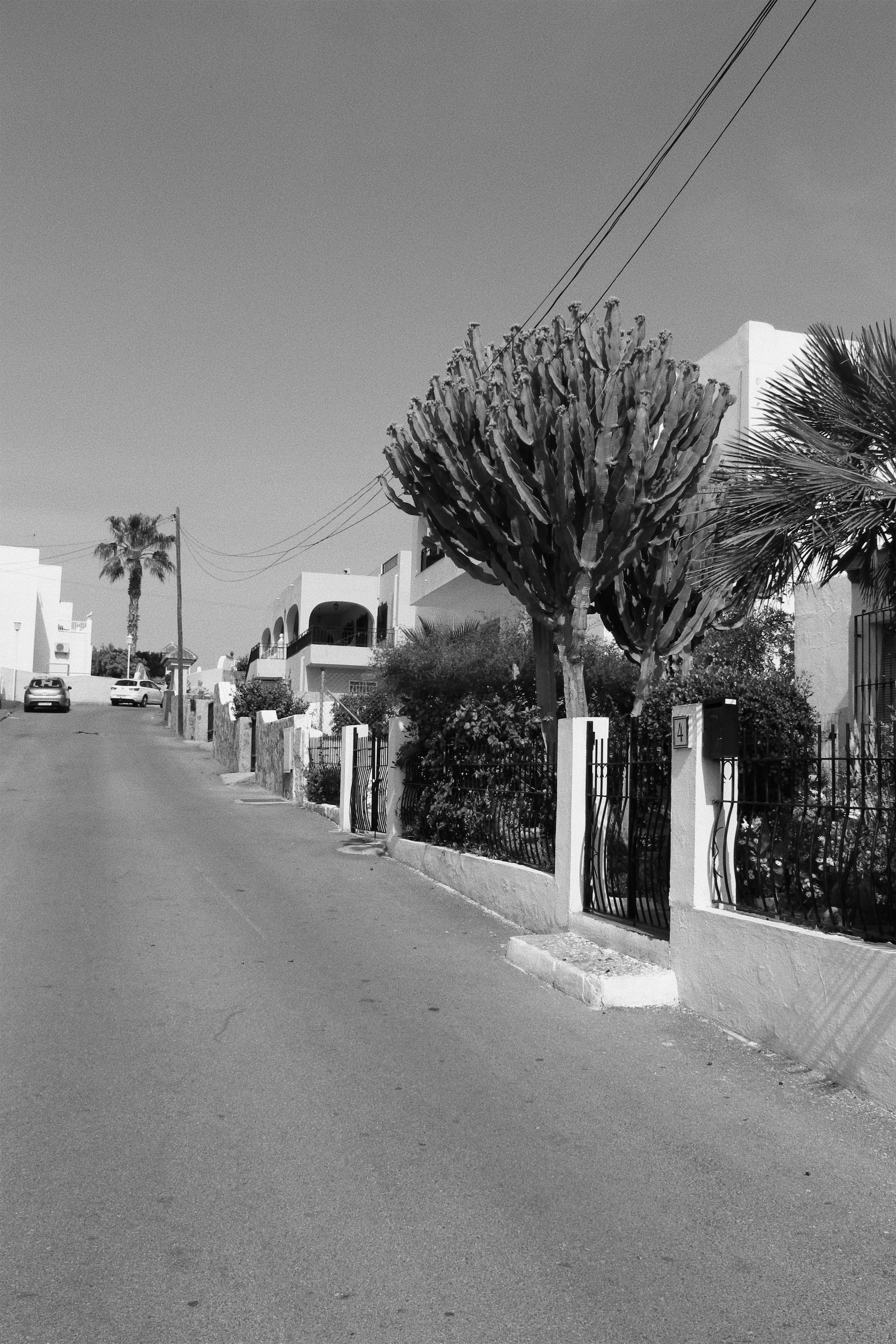

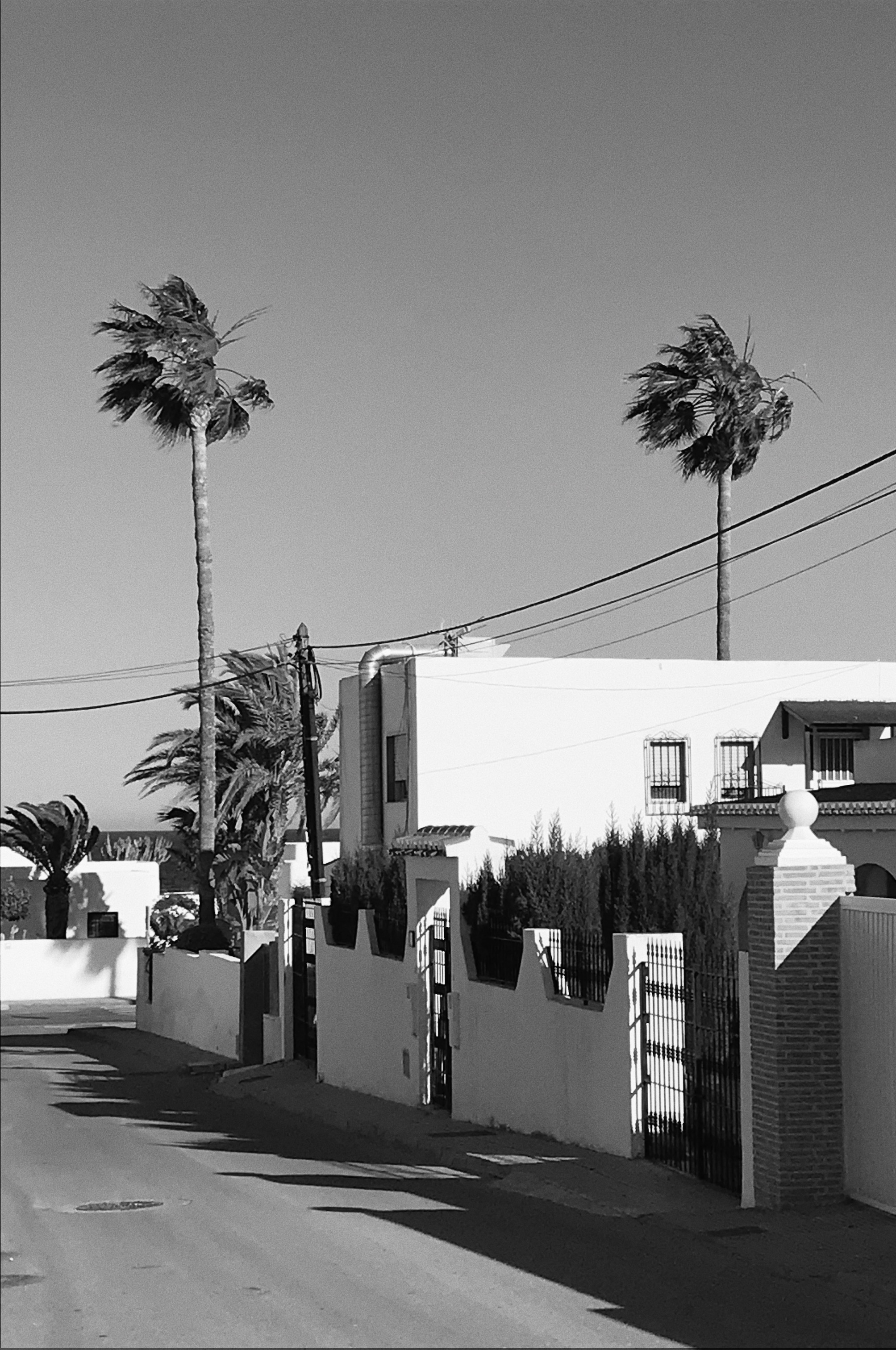
Evaluation
Overall I think my photoshoot for my first response to The New Topographics was successful since I managed to capture several images where nature and man made constructions are present in the same place. The pictures I have captured have a similar banal aesthetic to the photographers who were part of The New Topographics such as Robert Adams and Lewis Baltz. When editing the images on VSCO, I altered the saturation, exposure and contrast. I also added filters and increased the grain to make my images appear like film. Most of the photographs labeled “The New Topographics” were in black and white, so I decided to add b&w filters to a few of my final outcomes.





